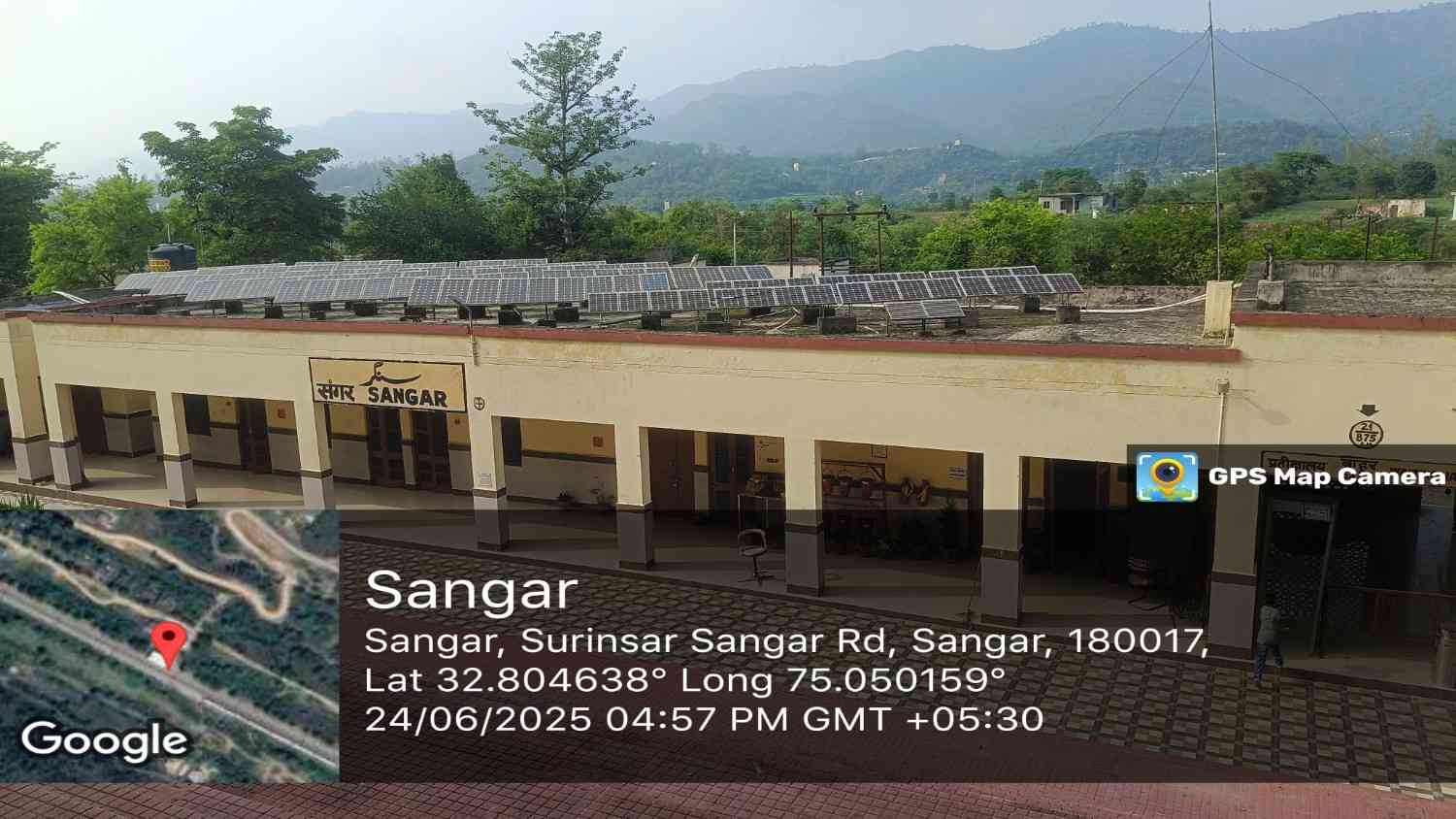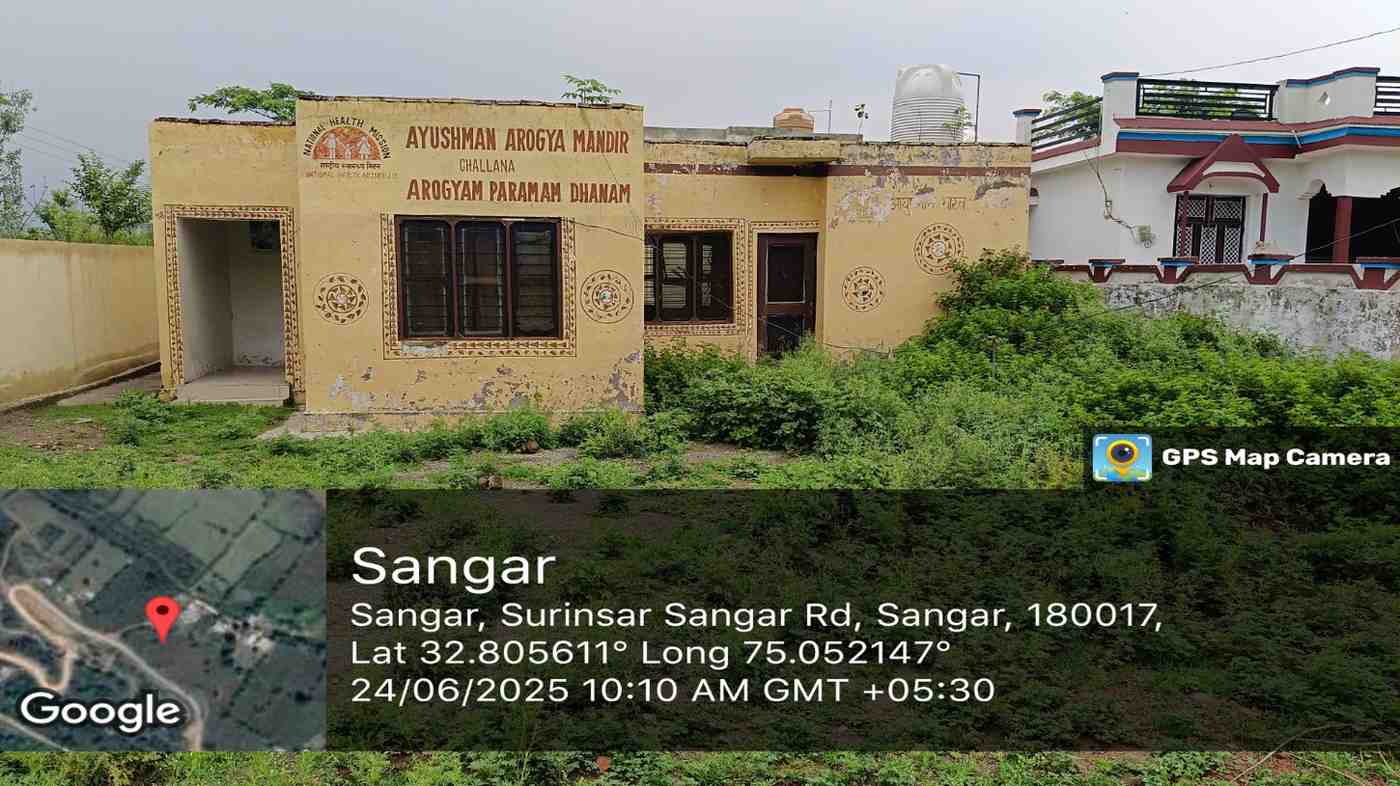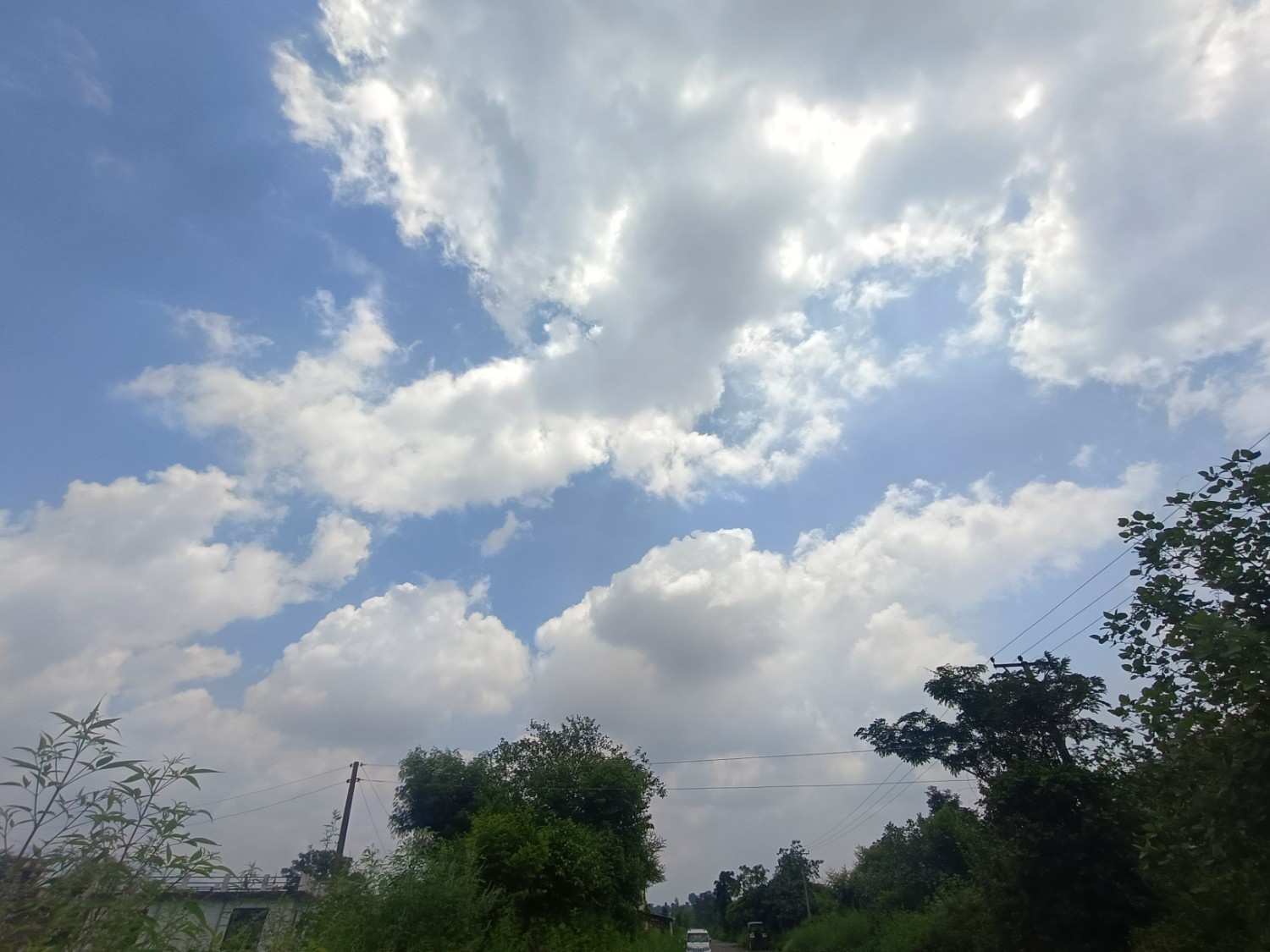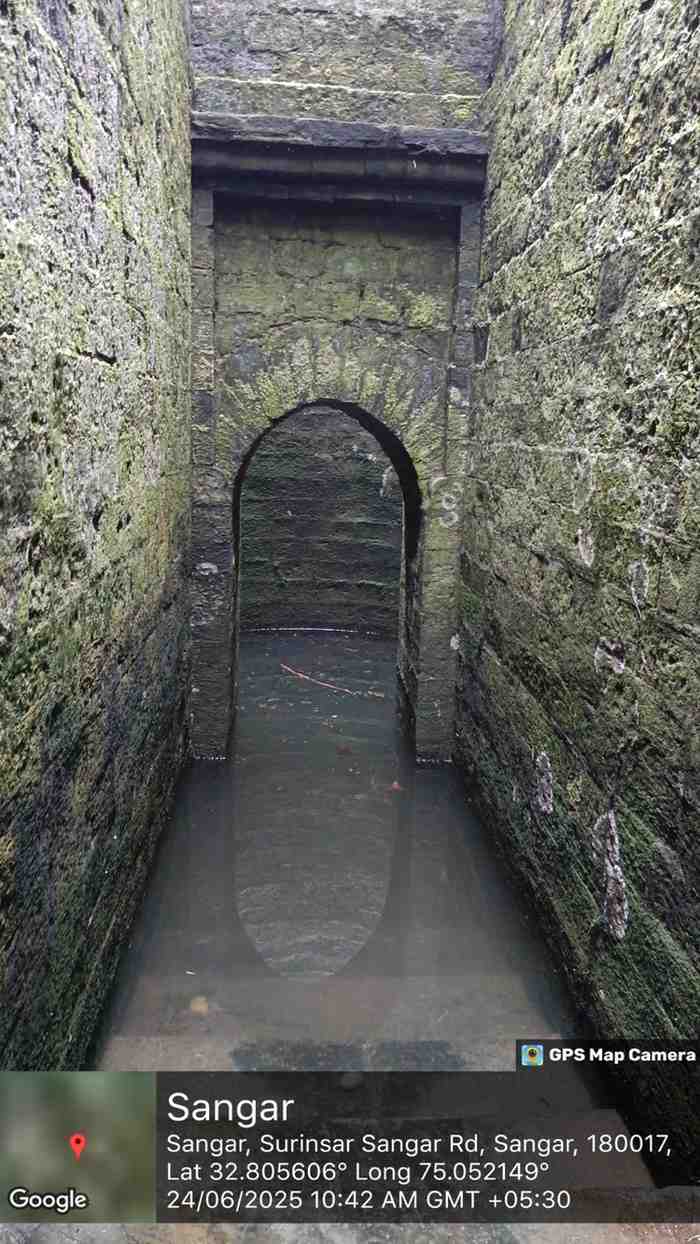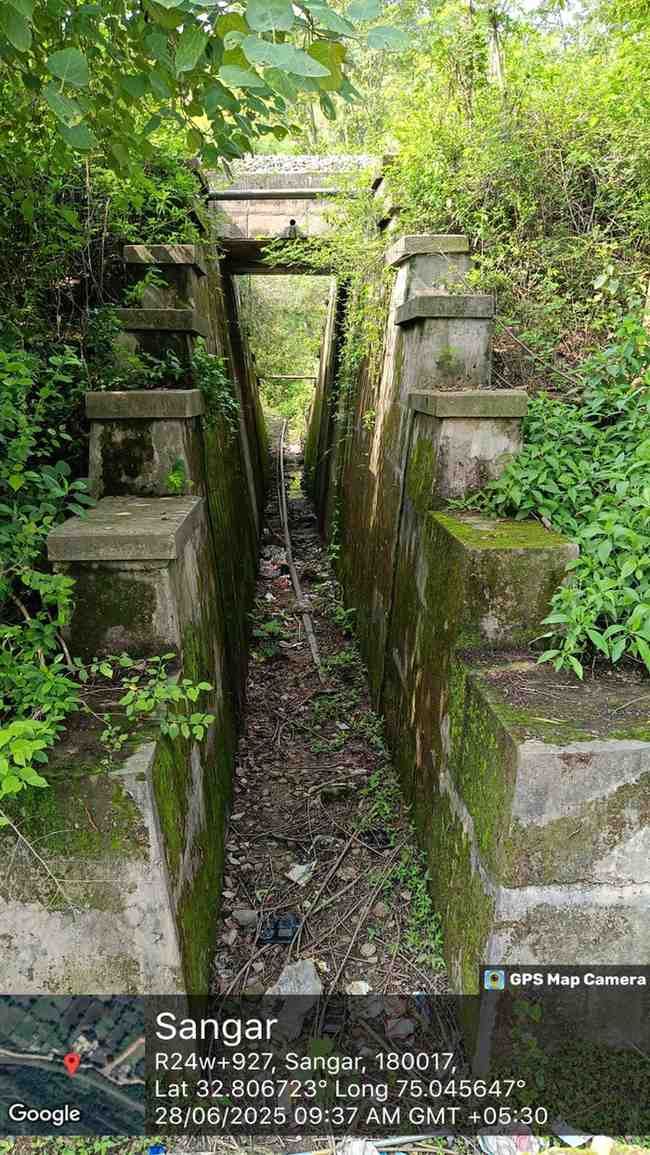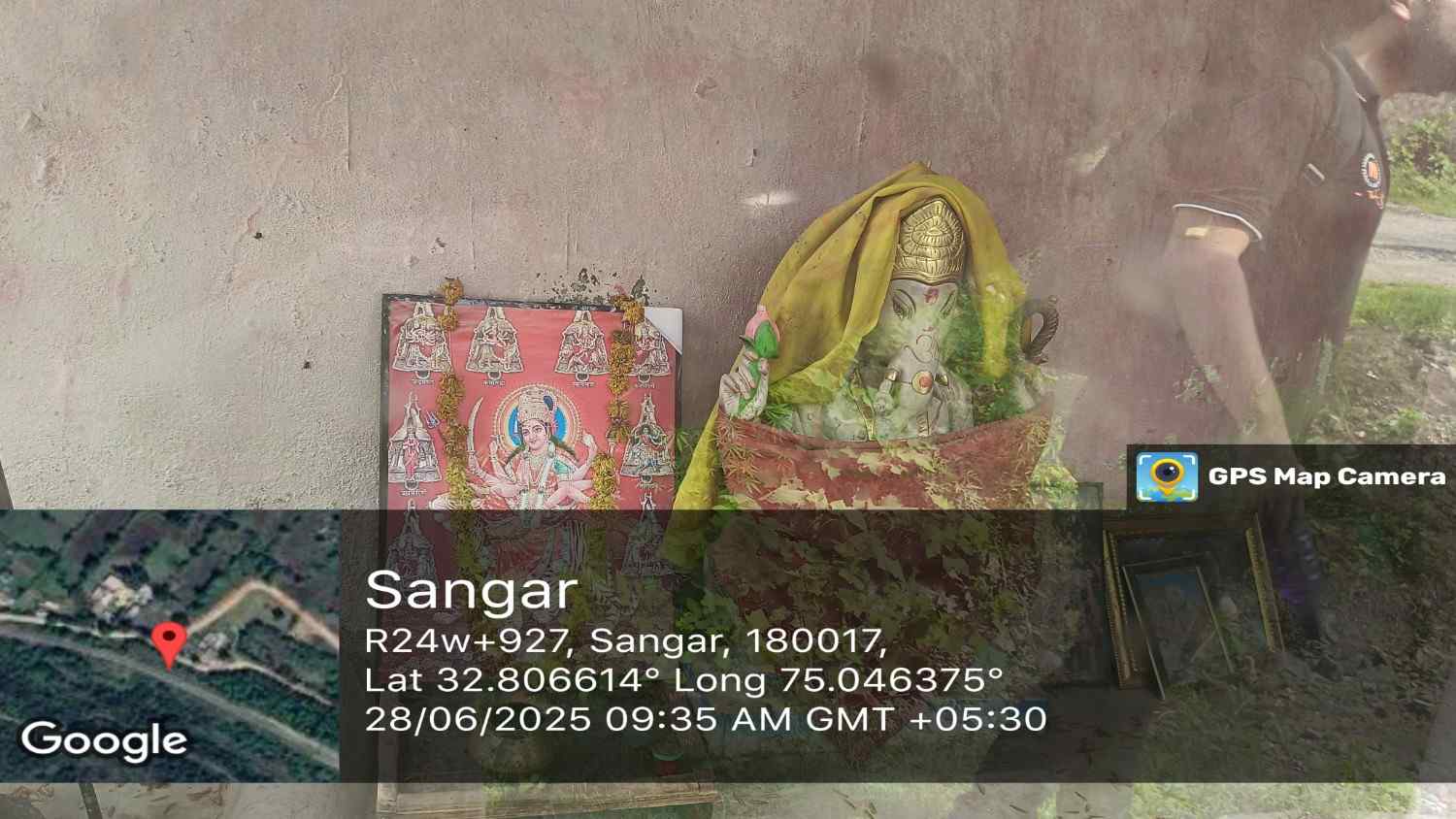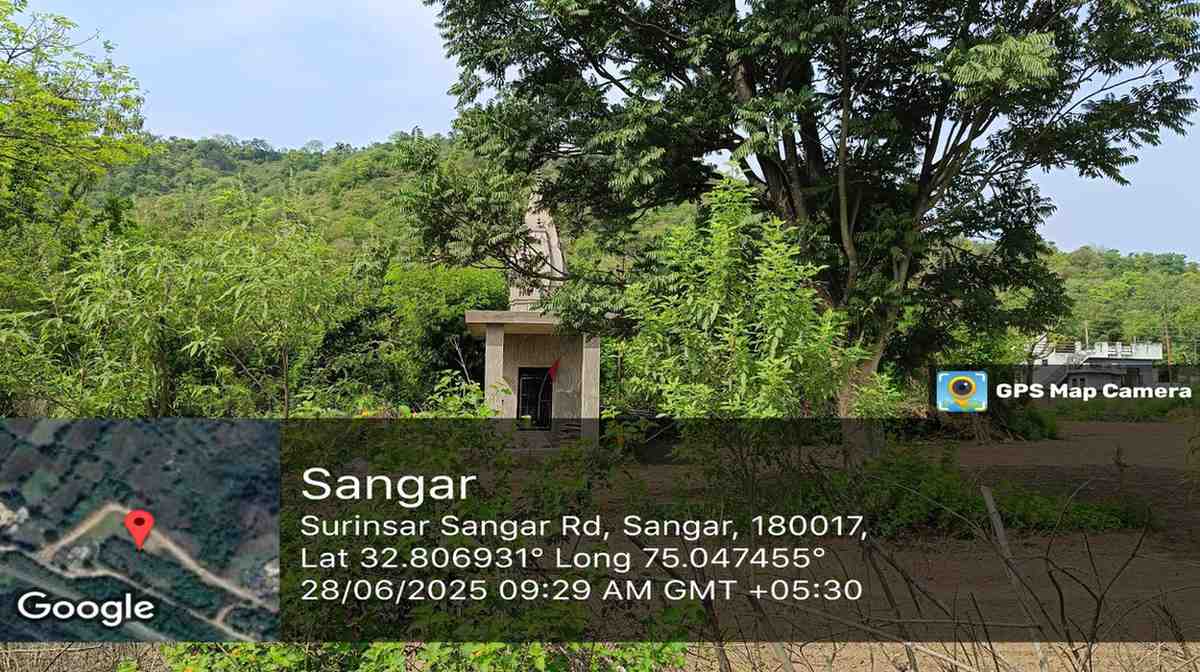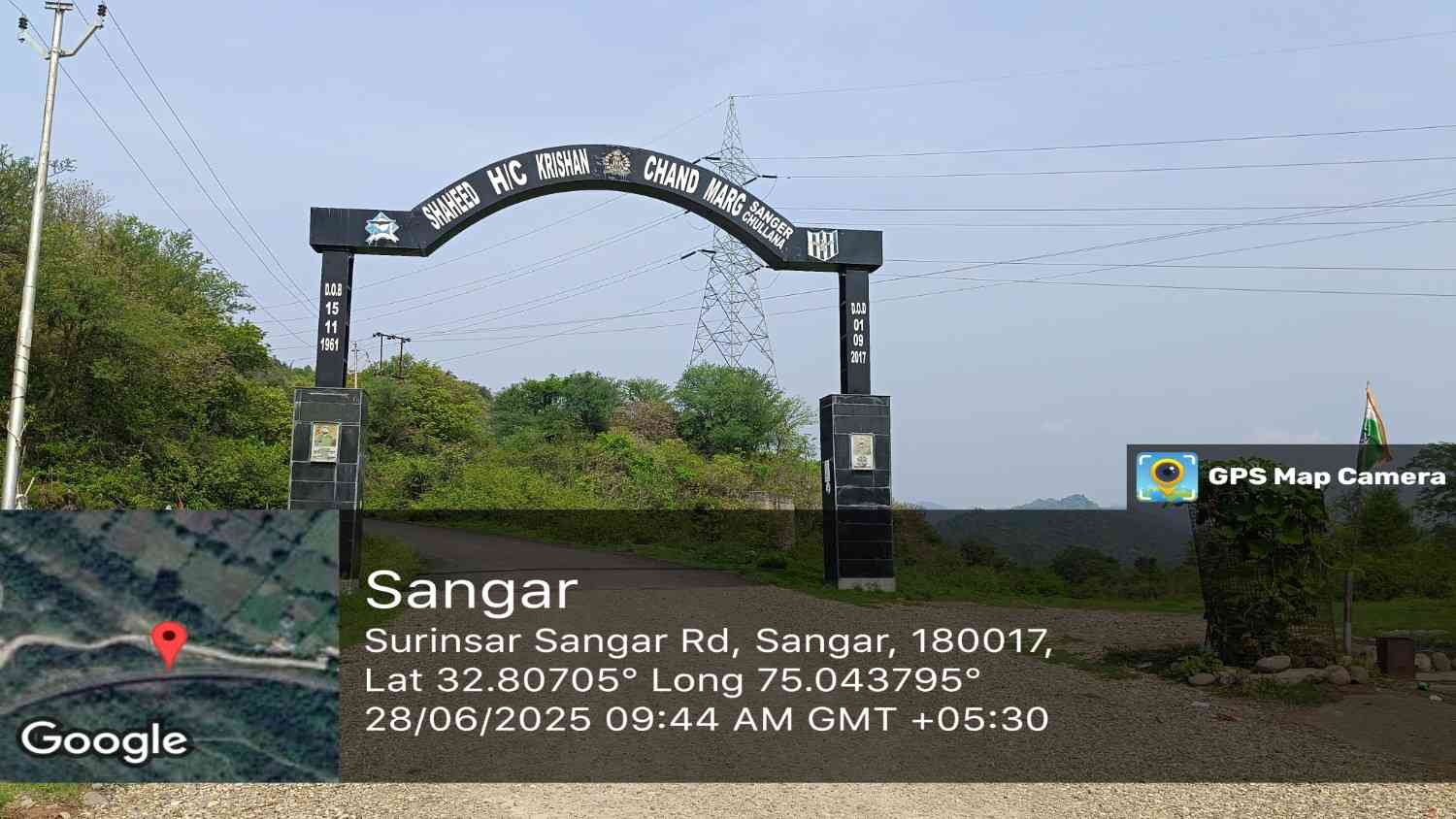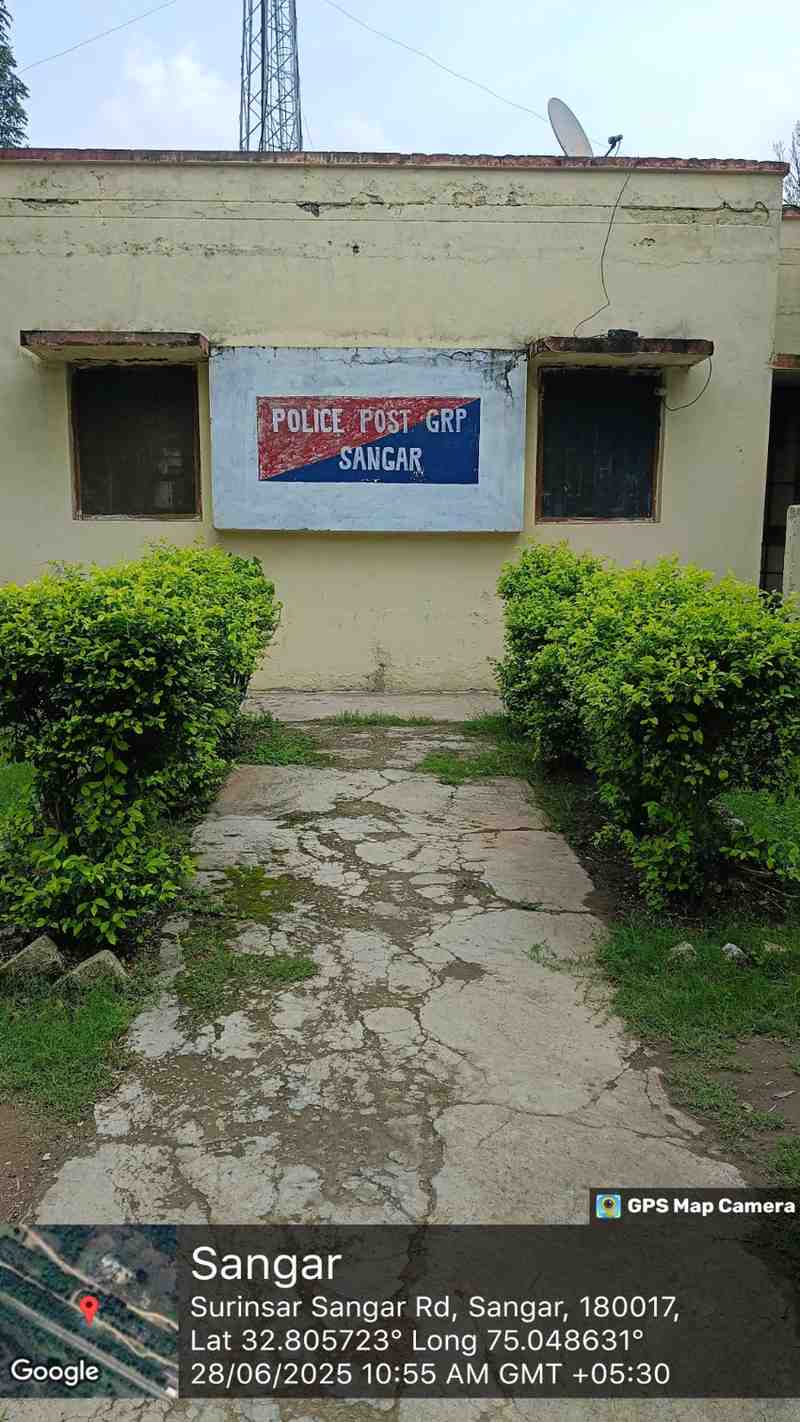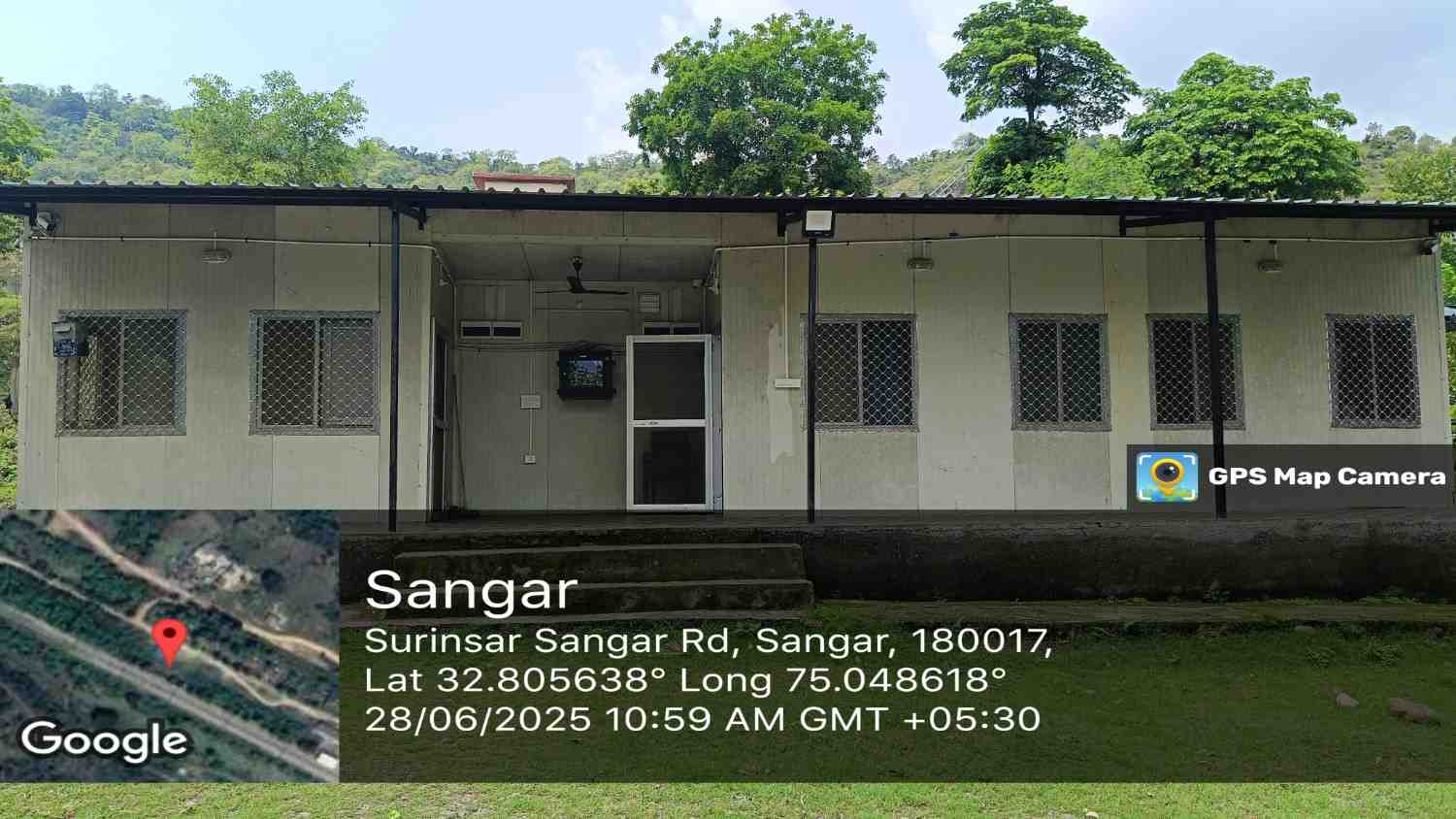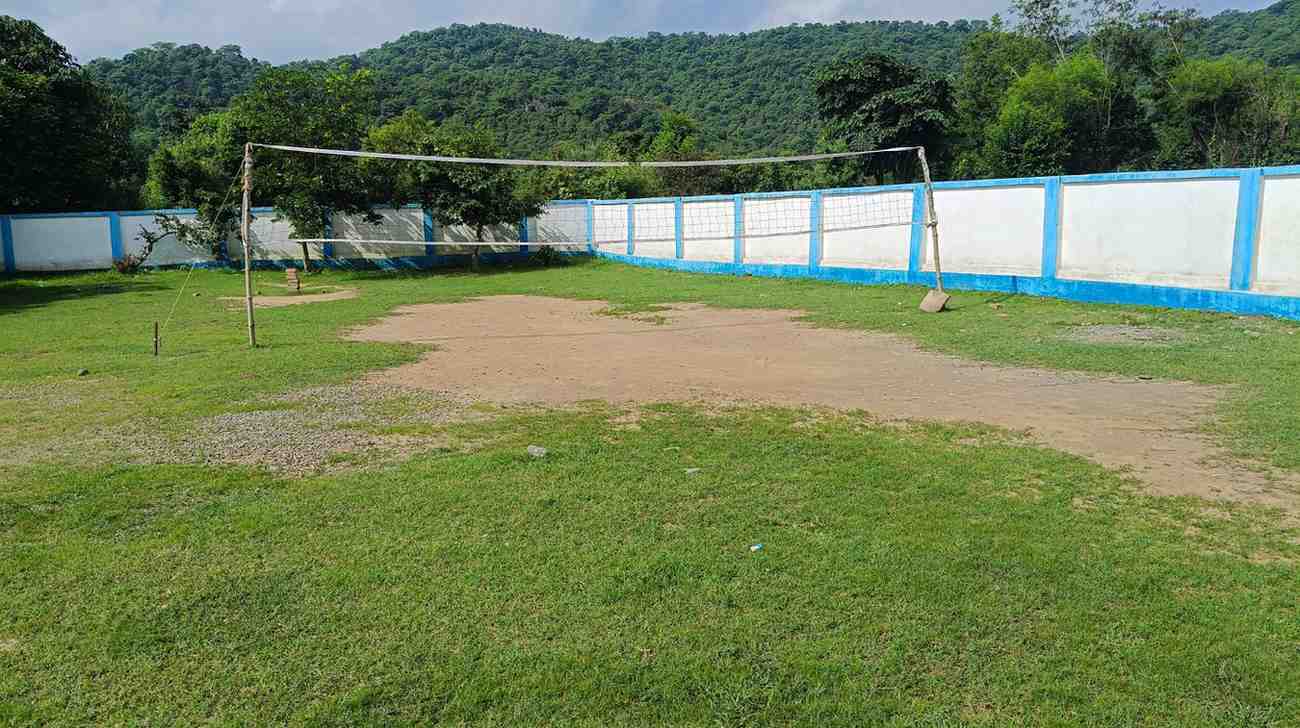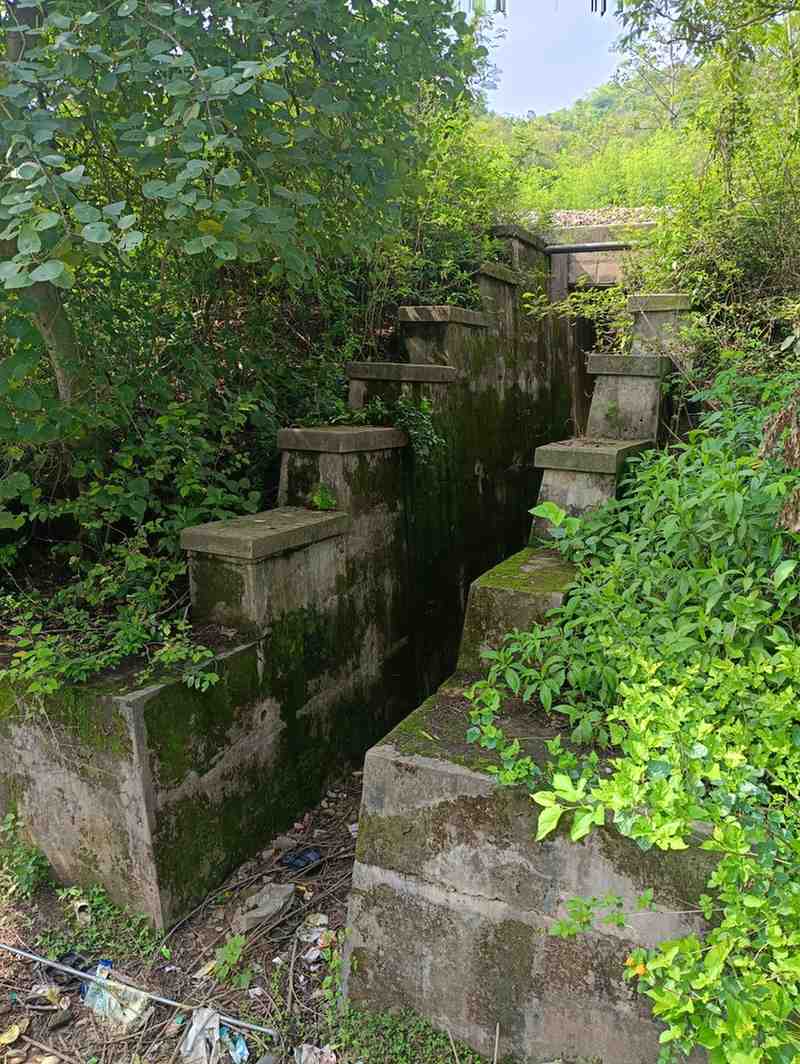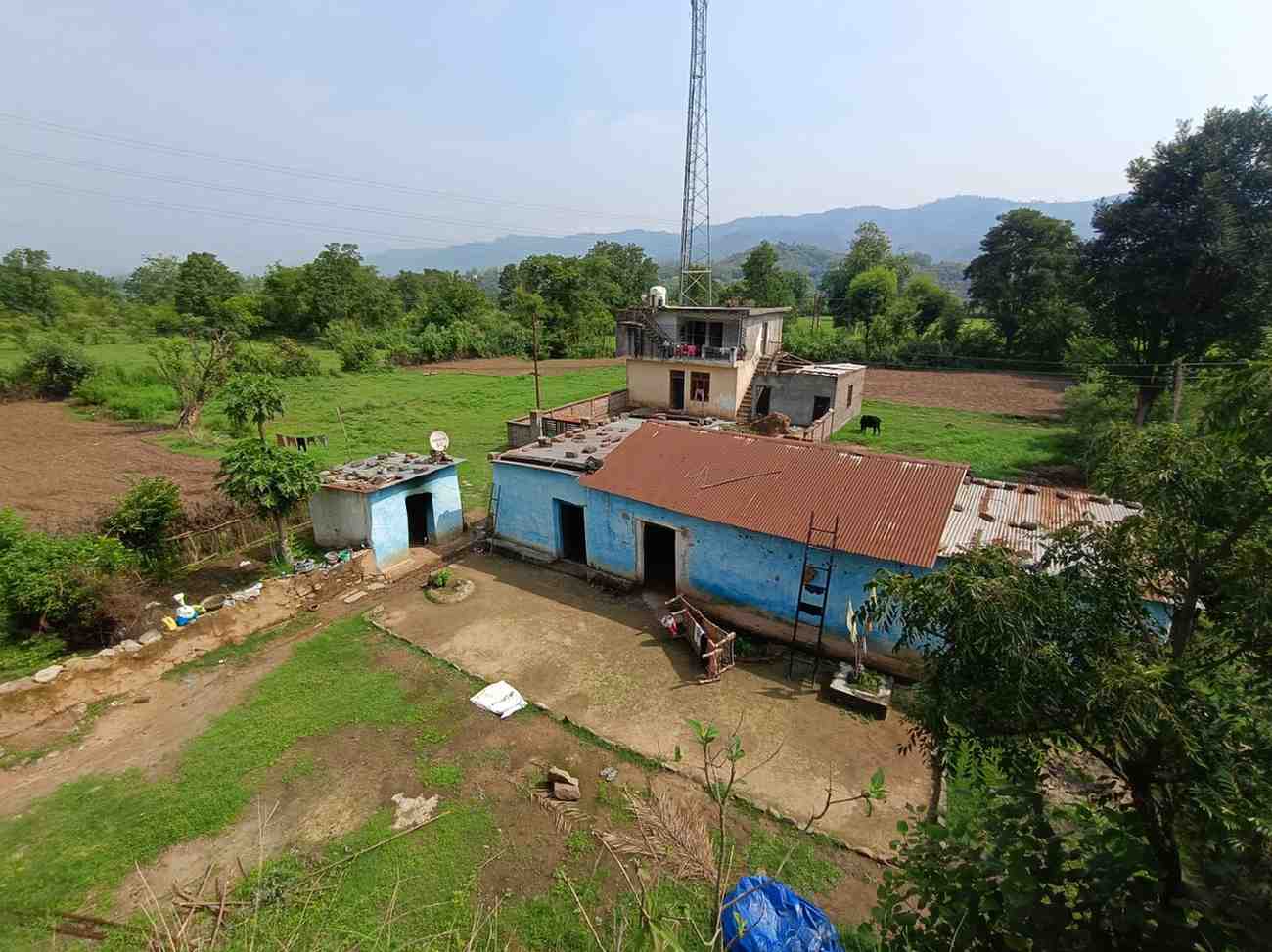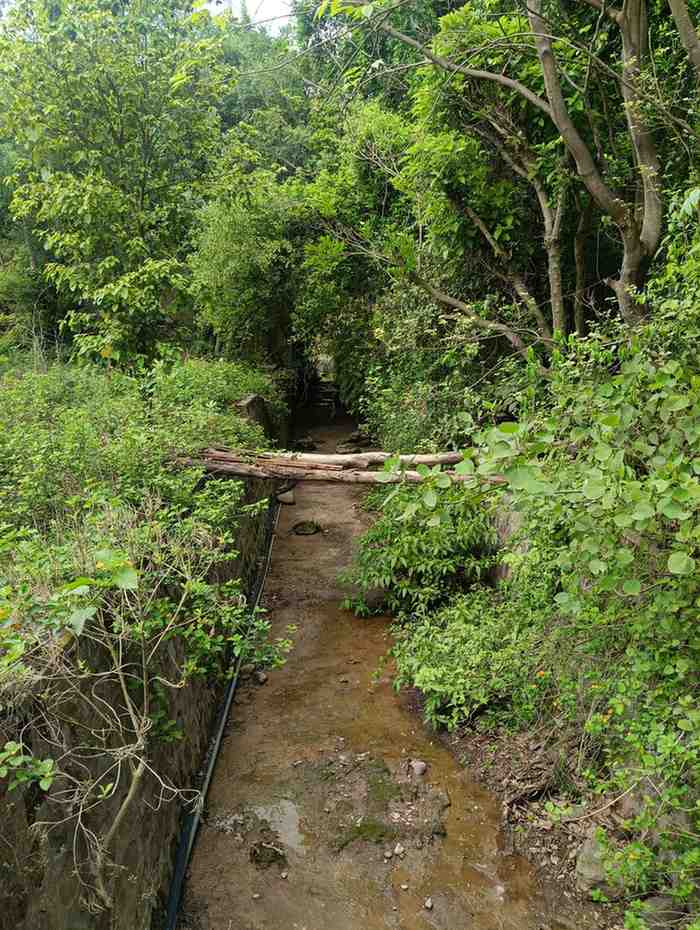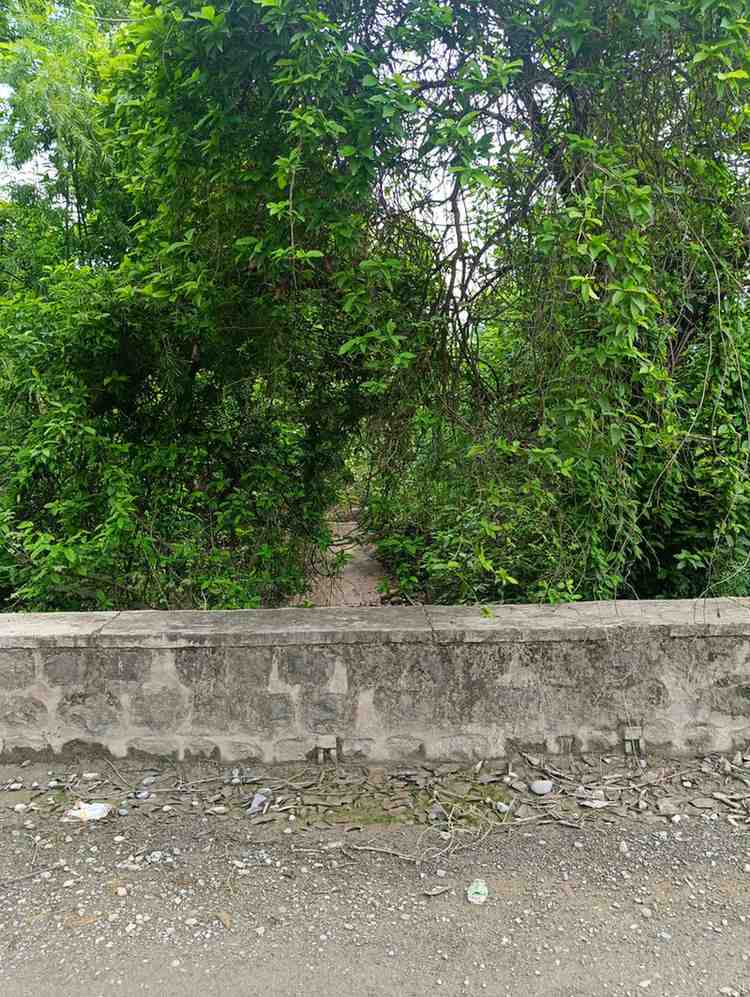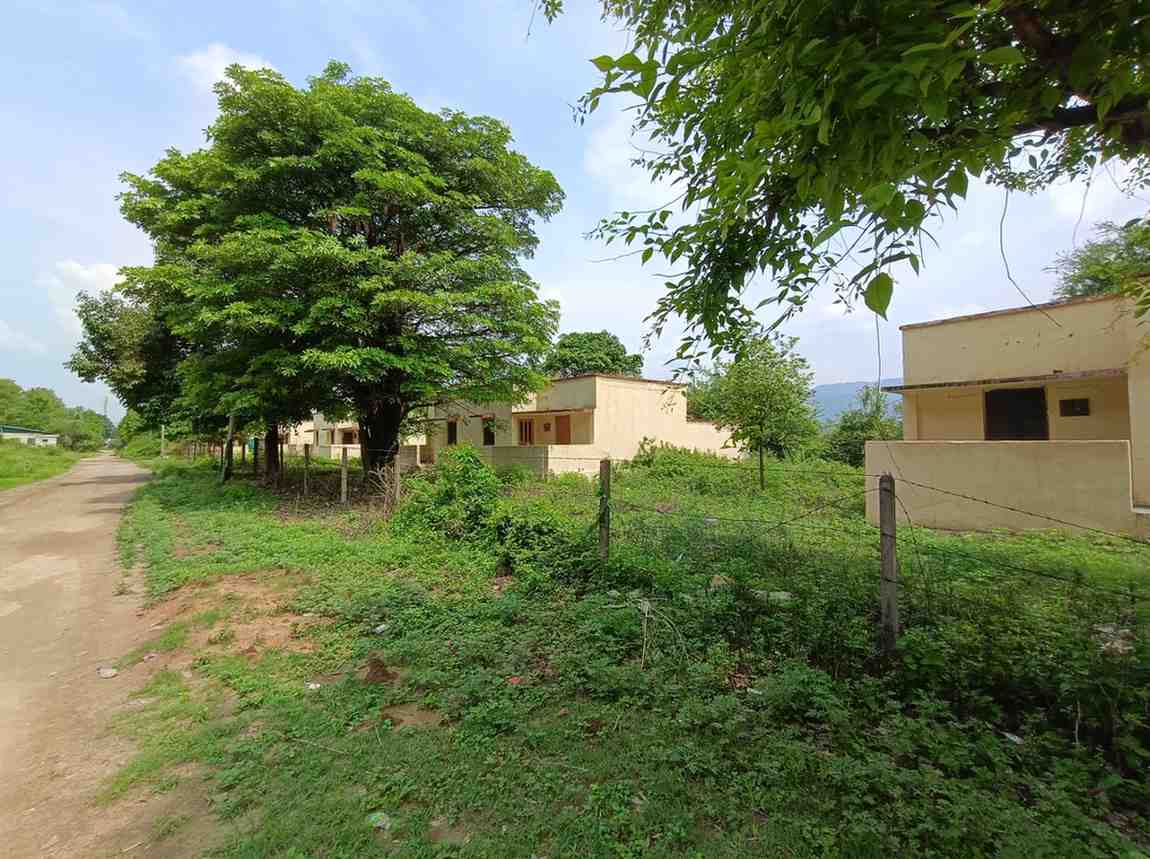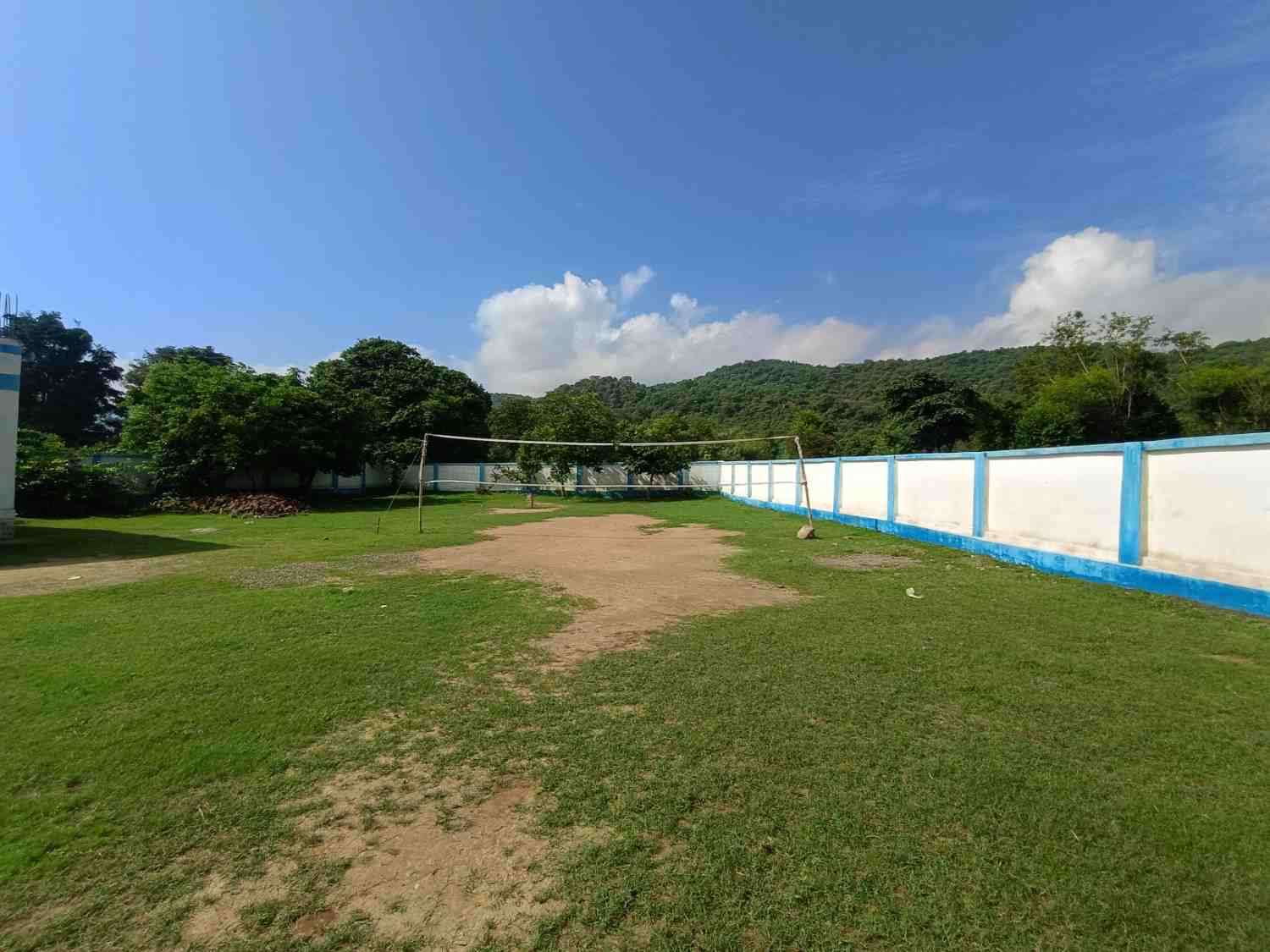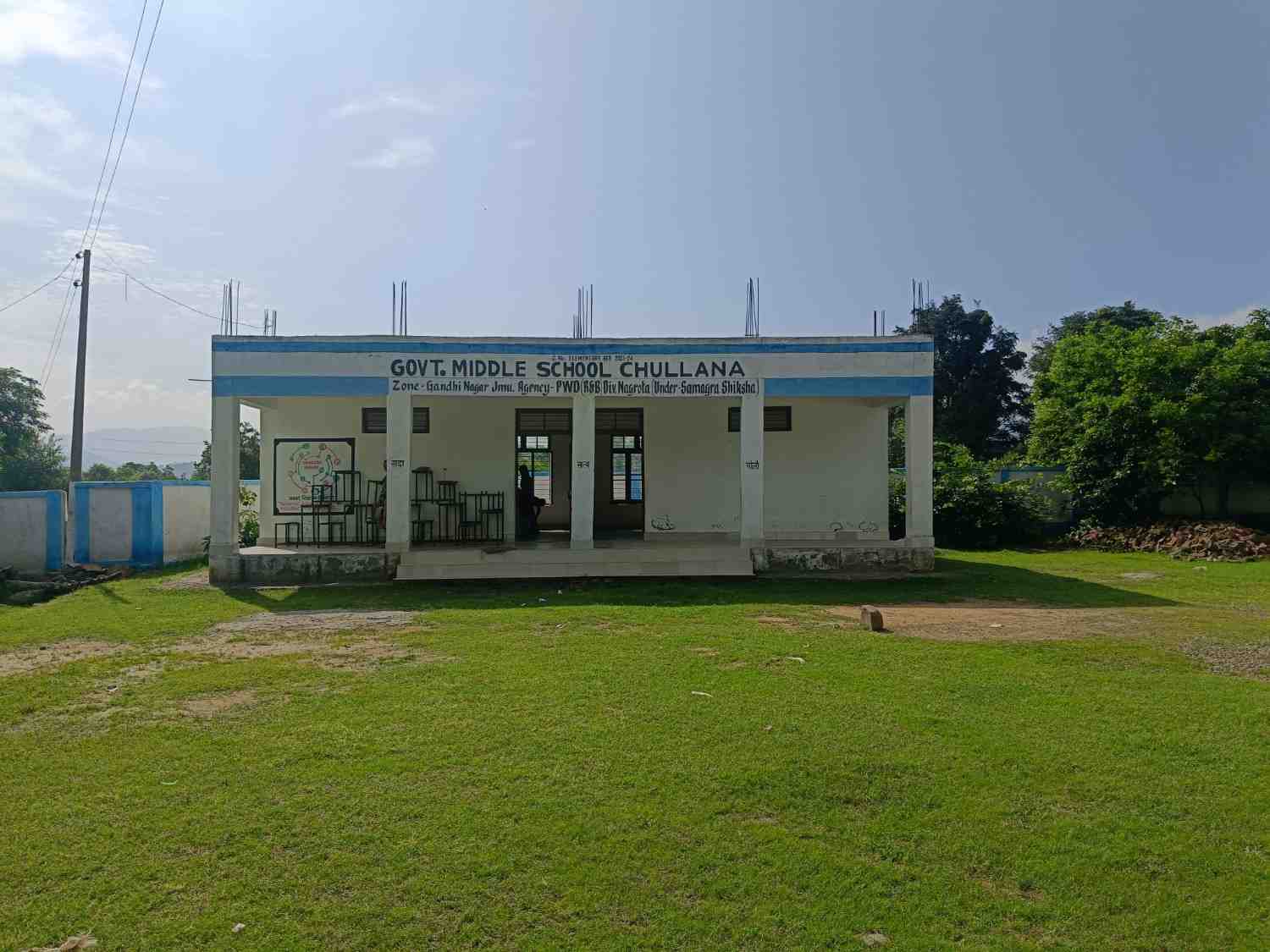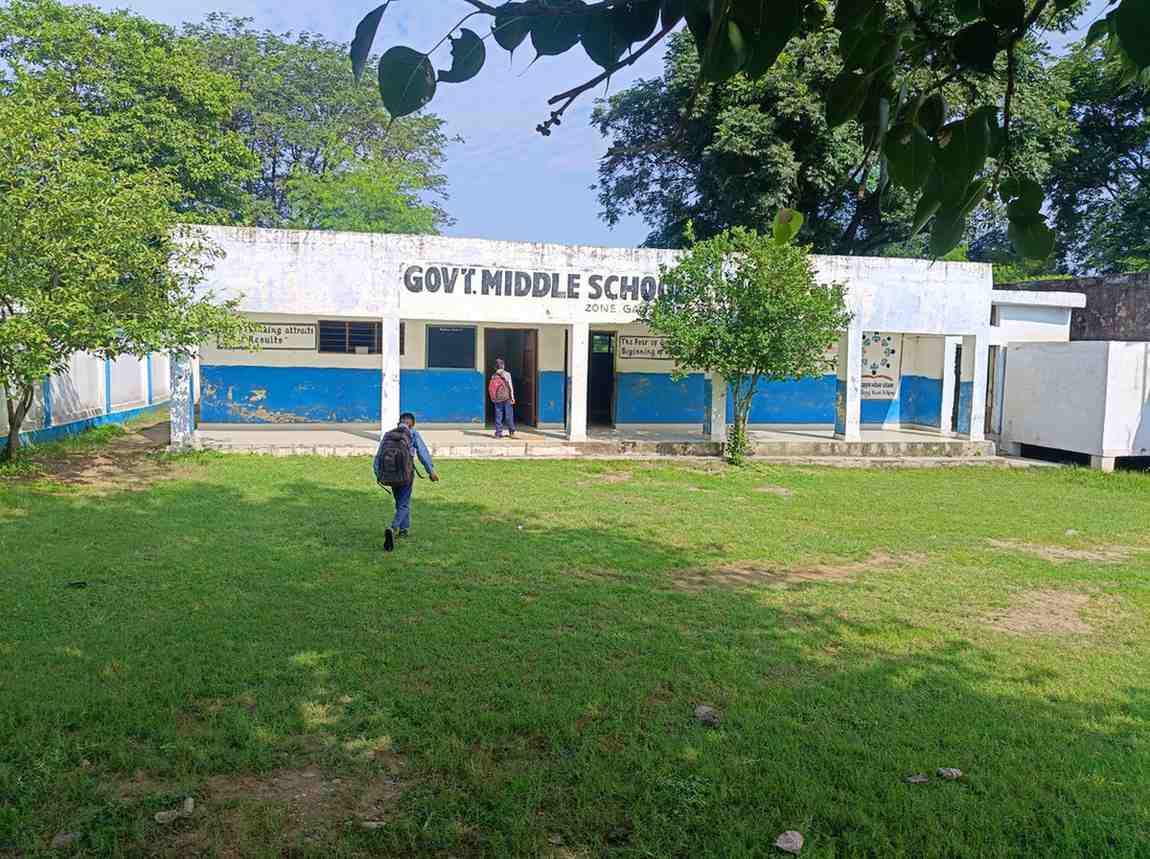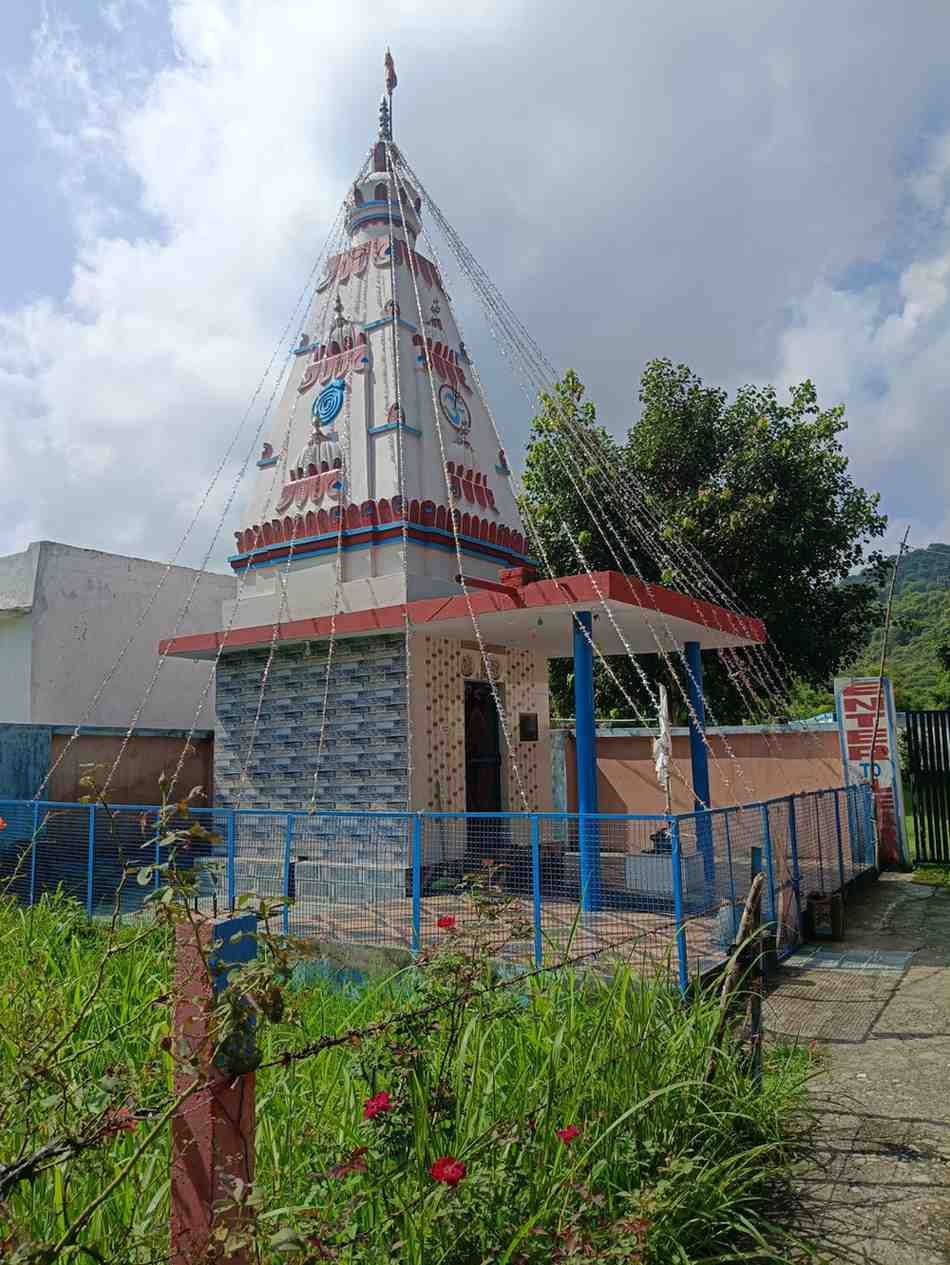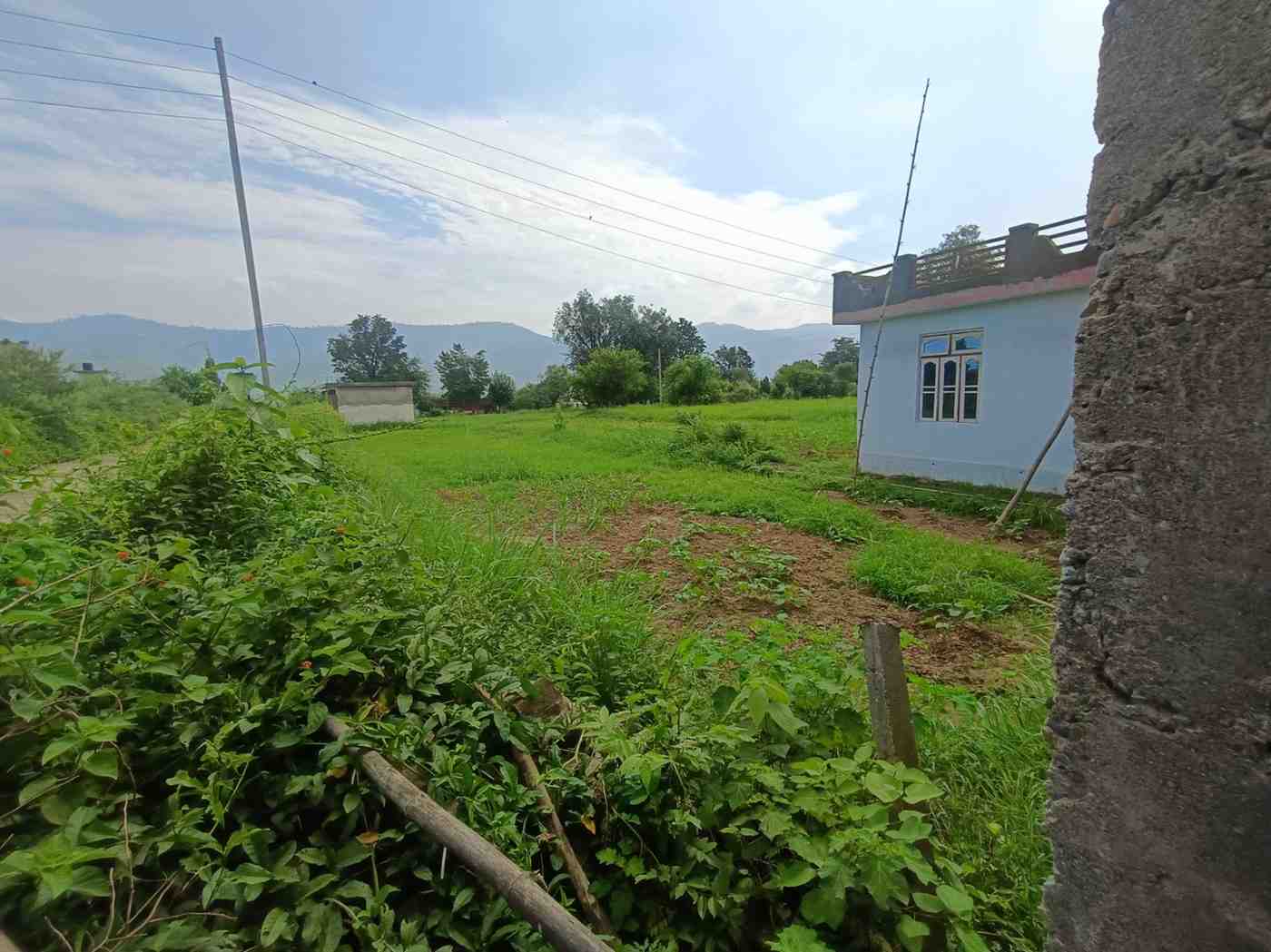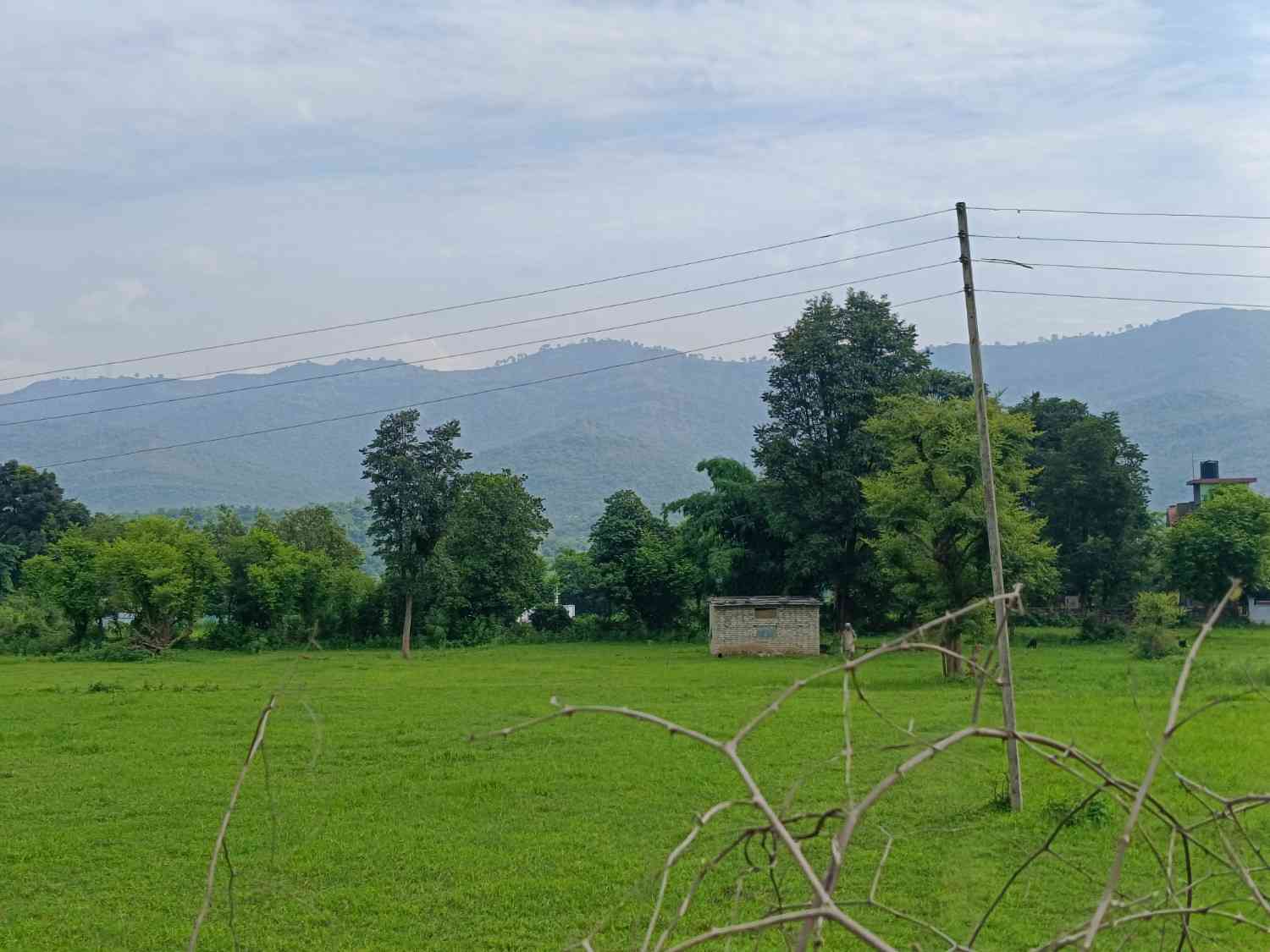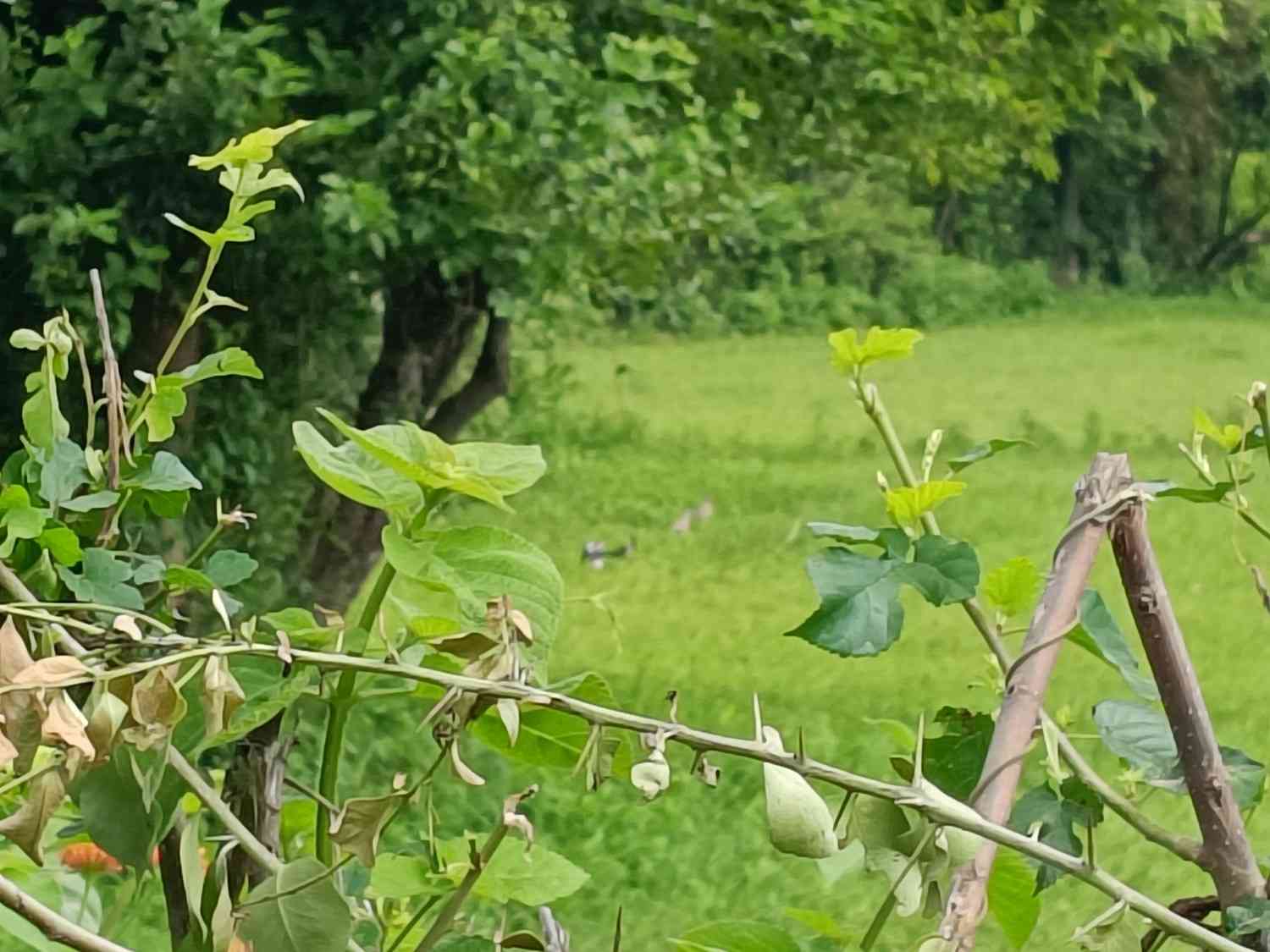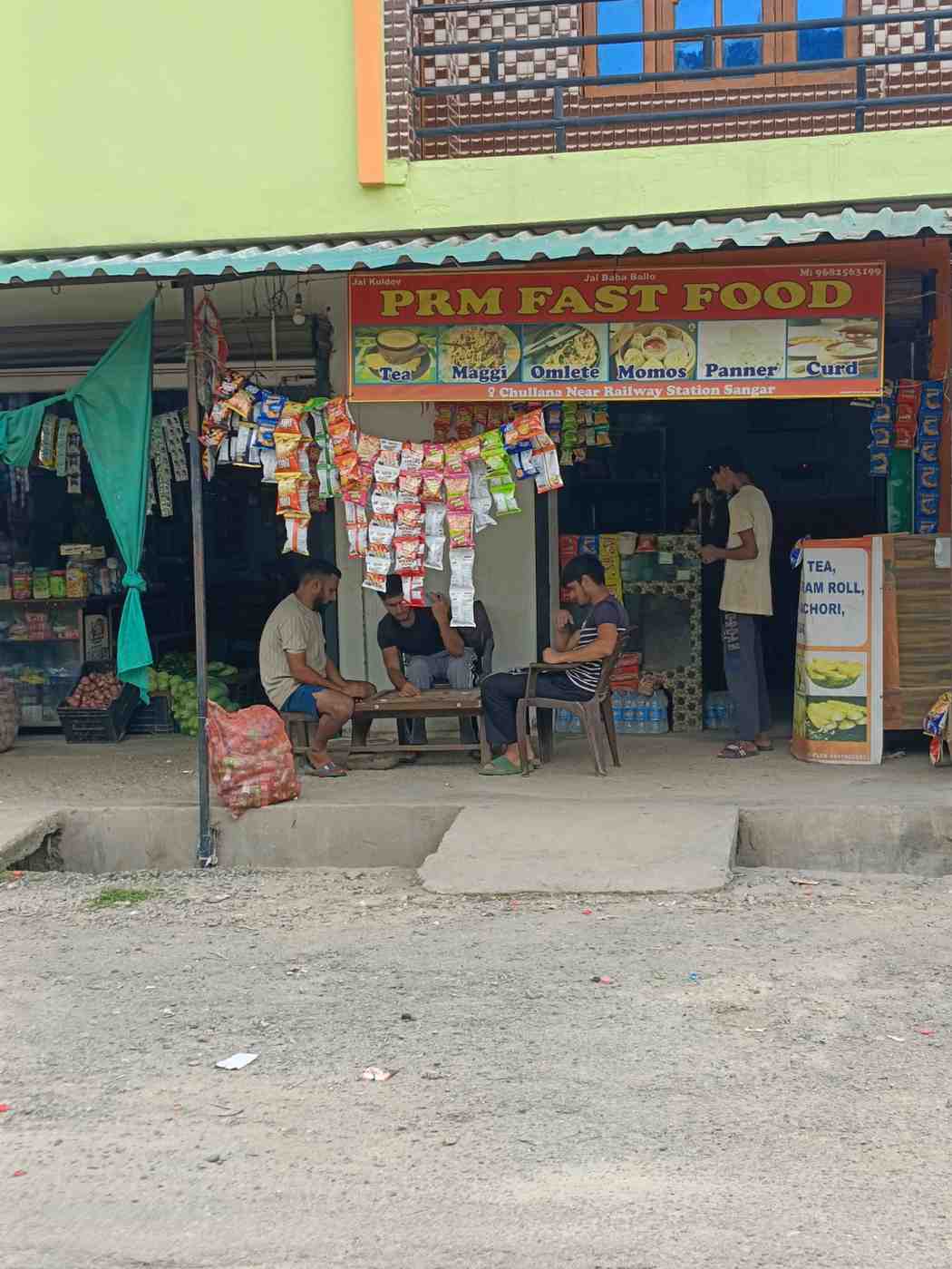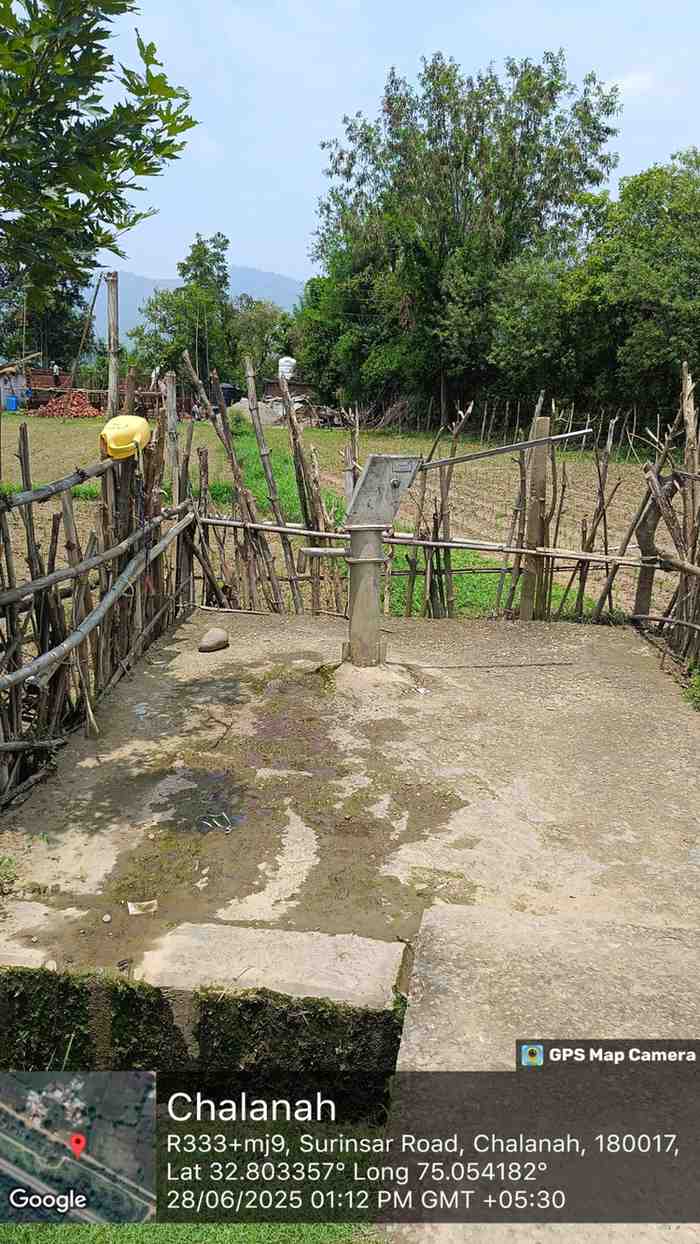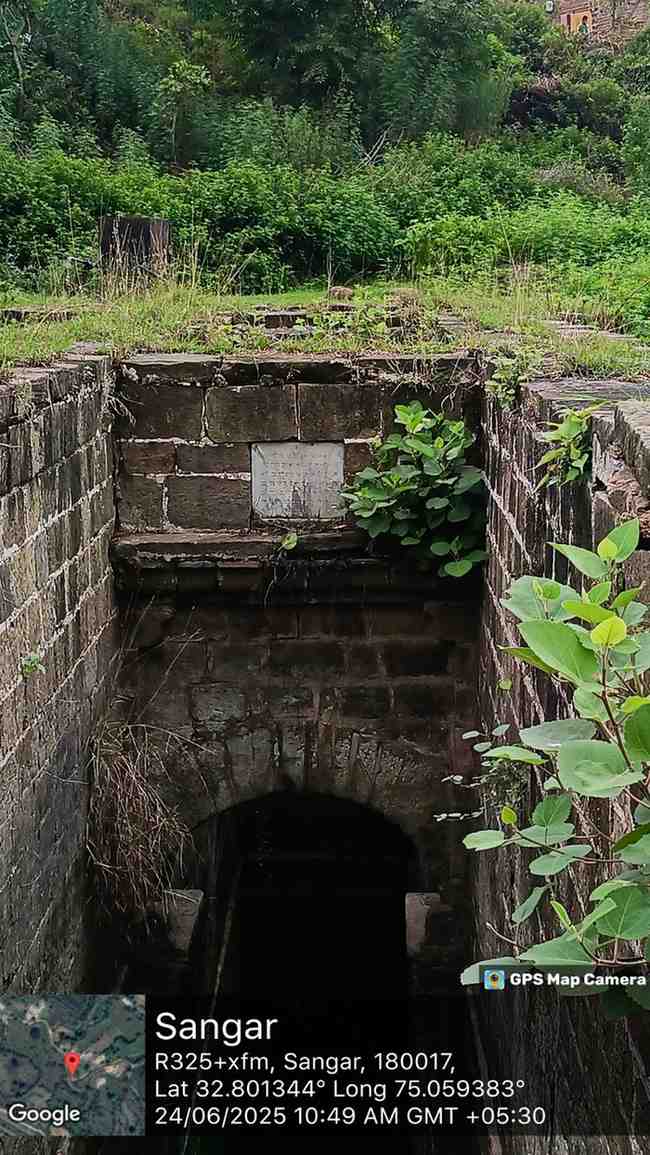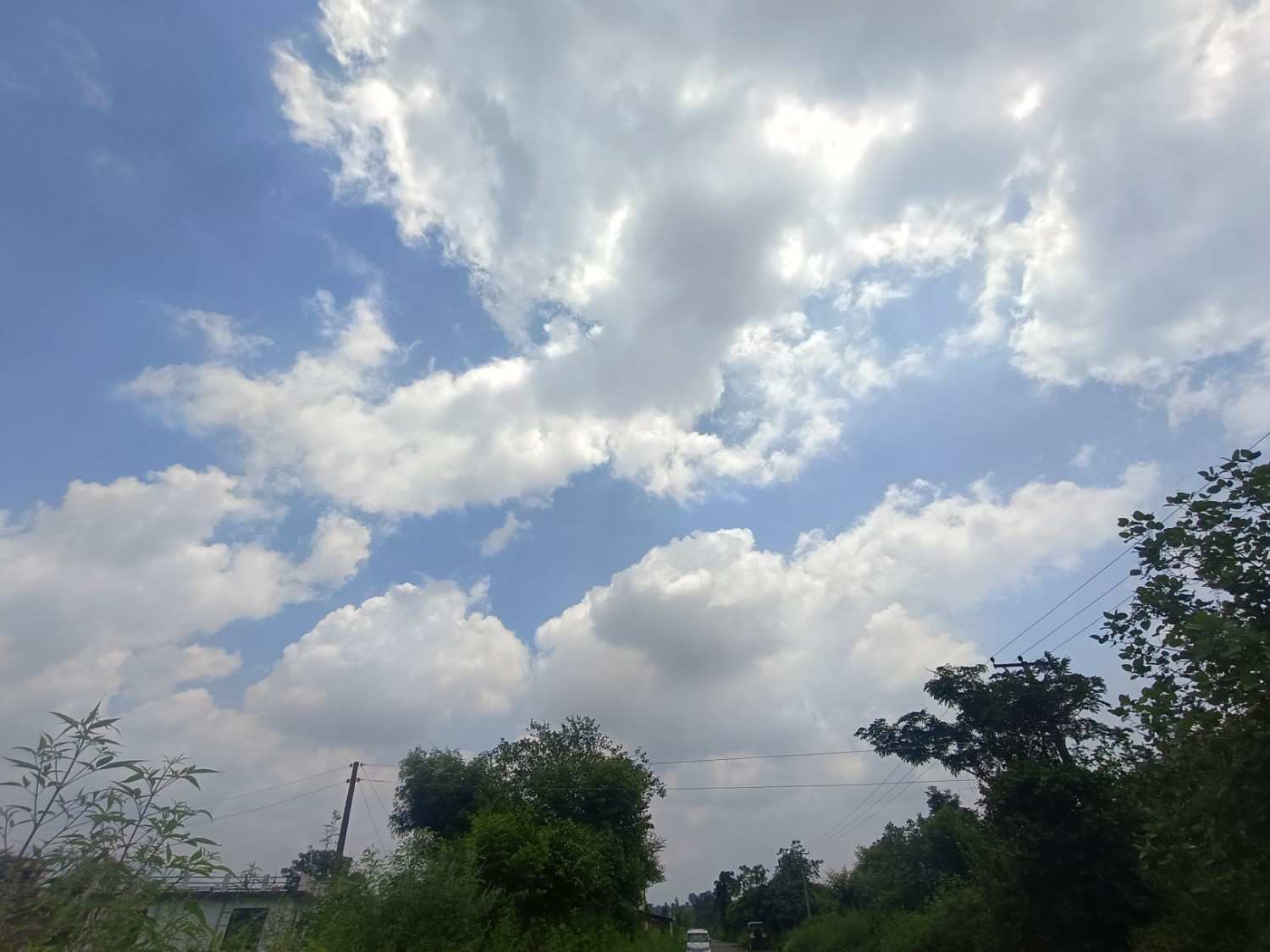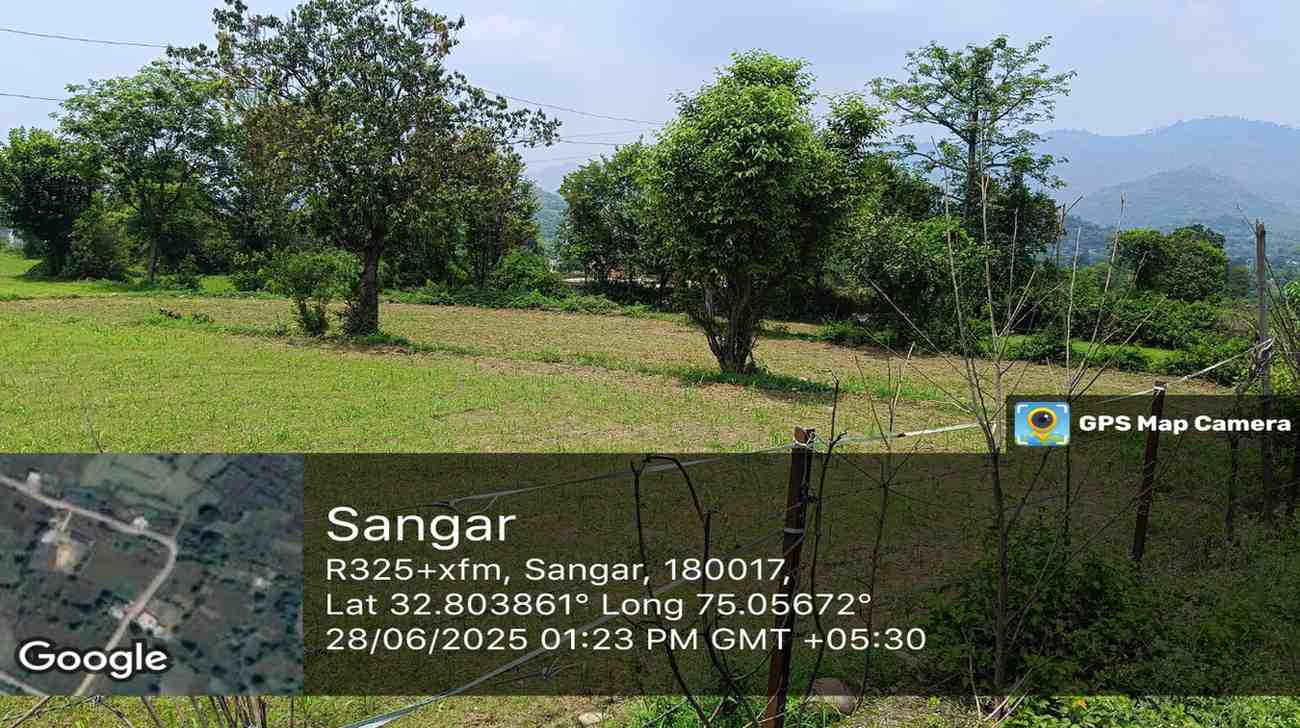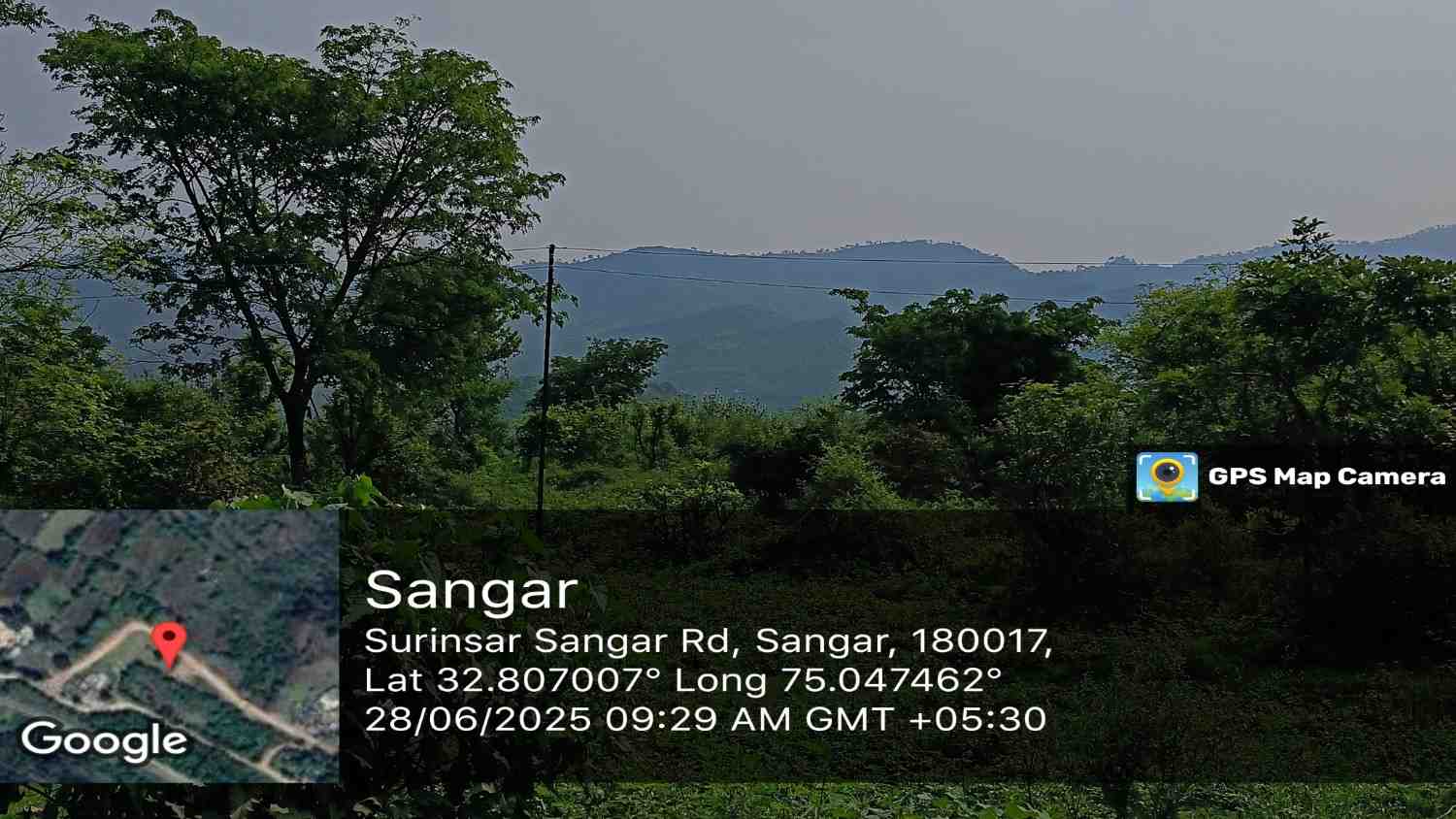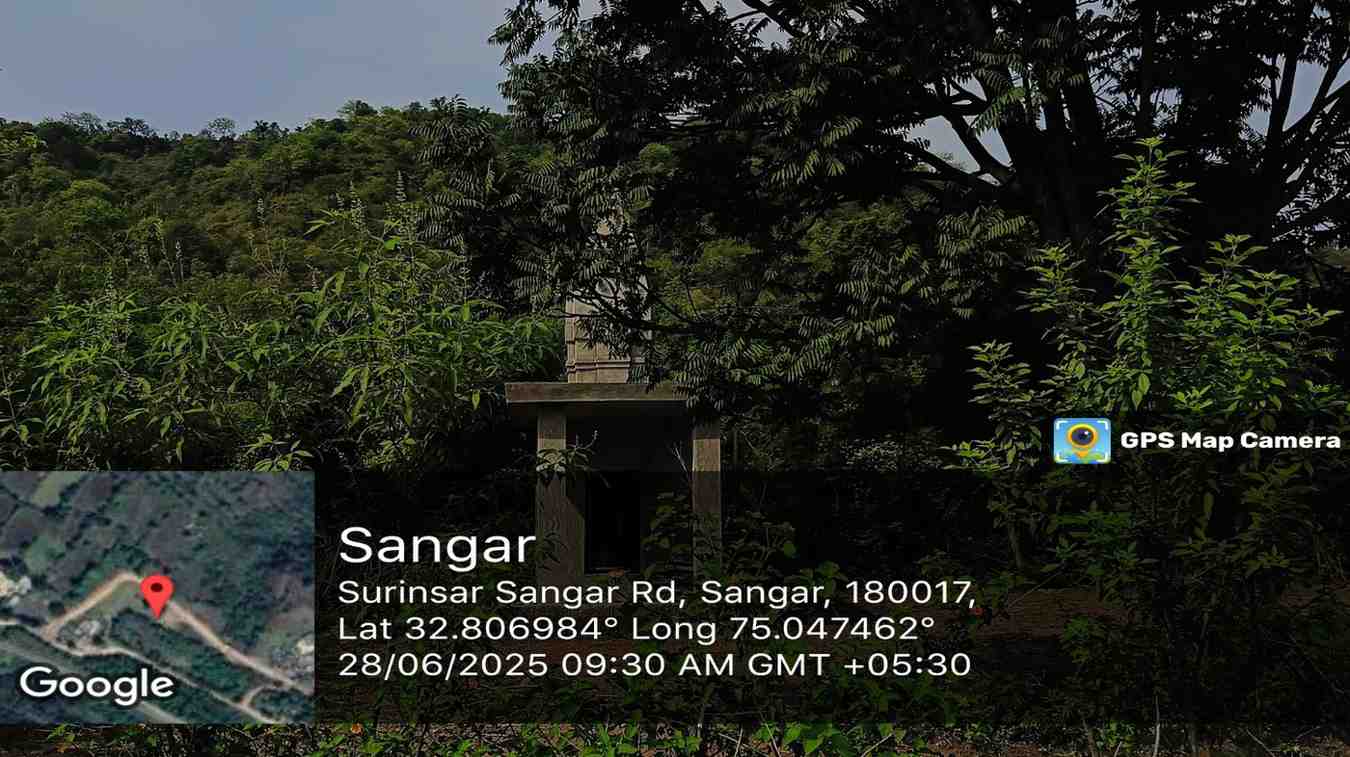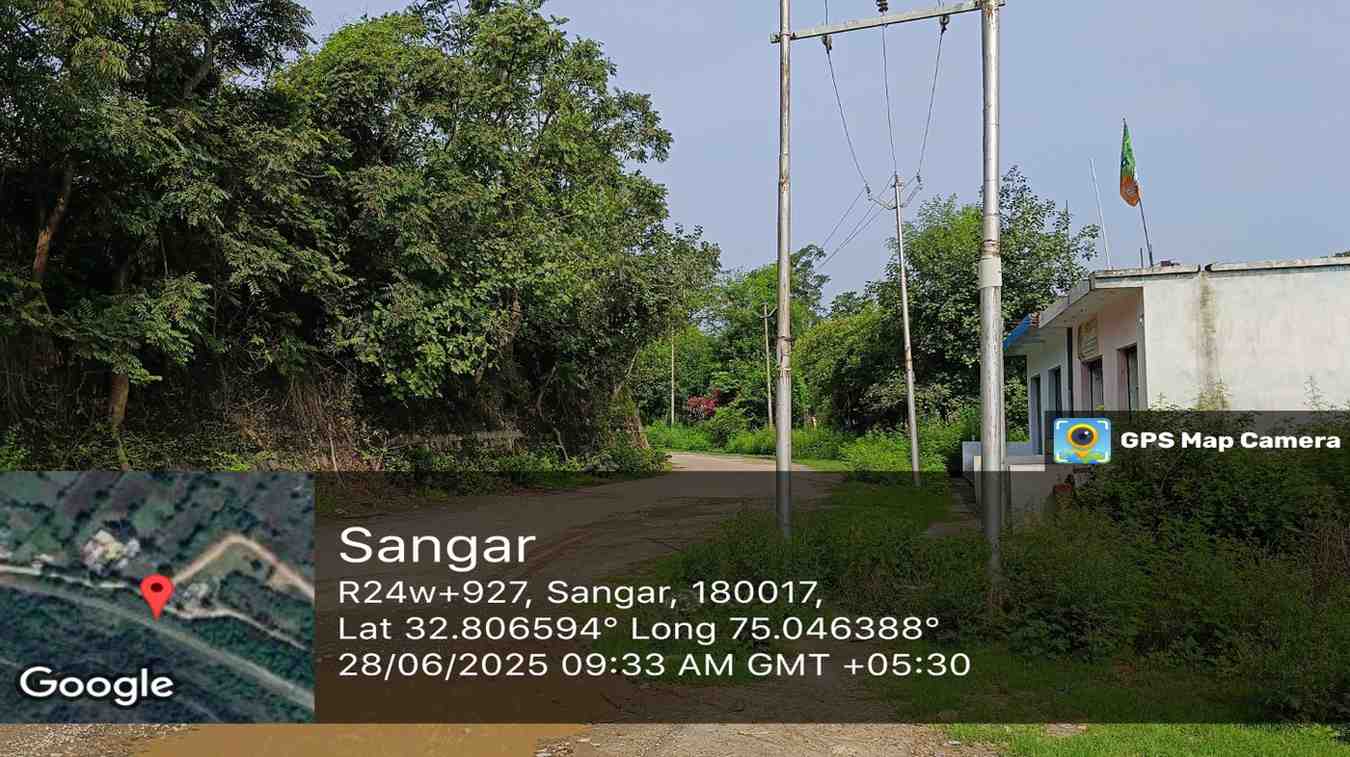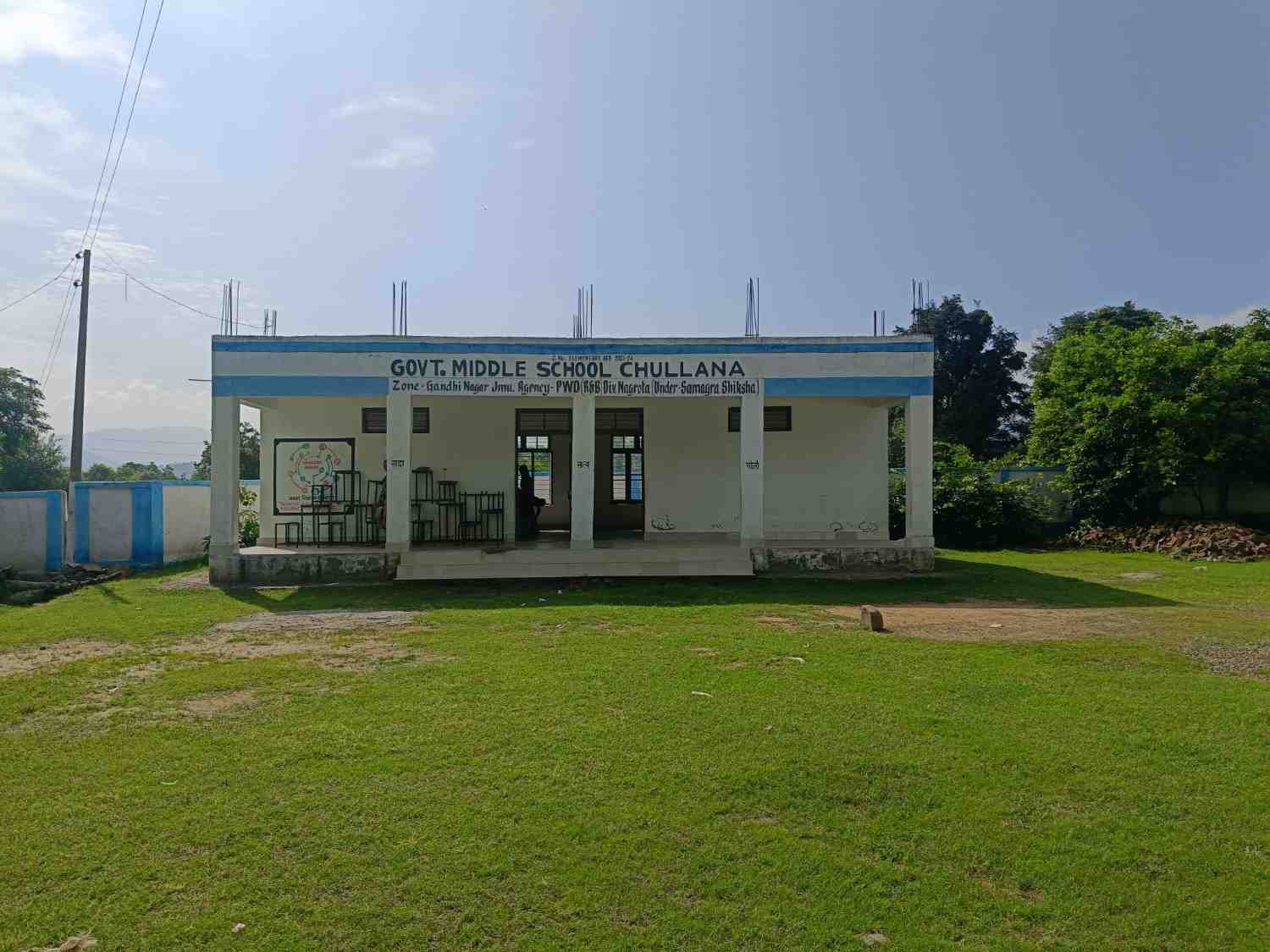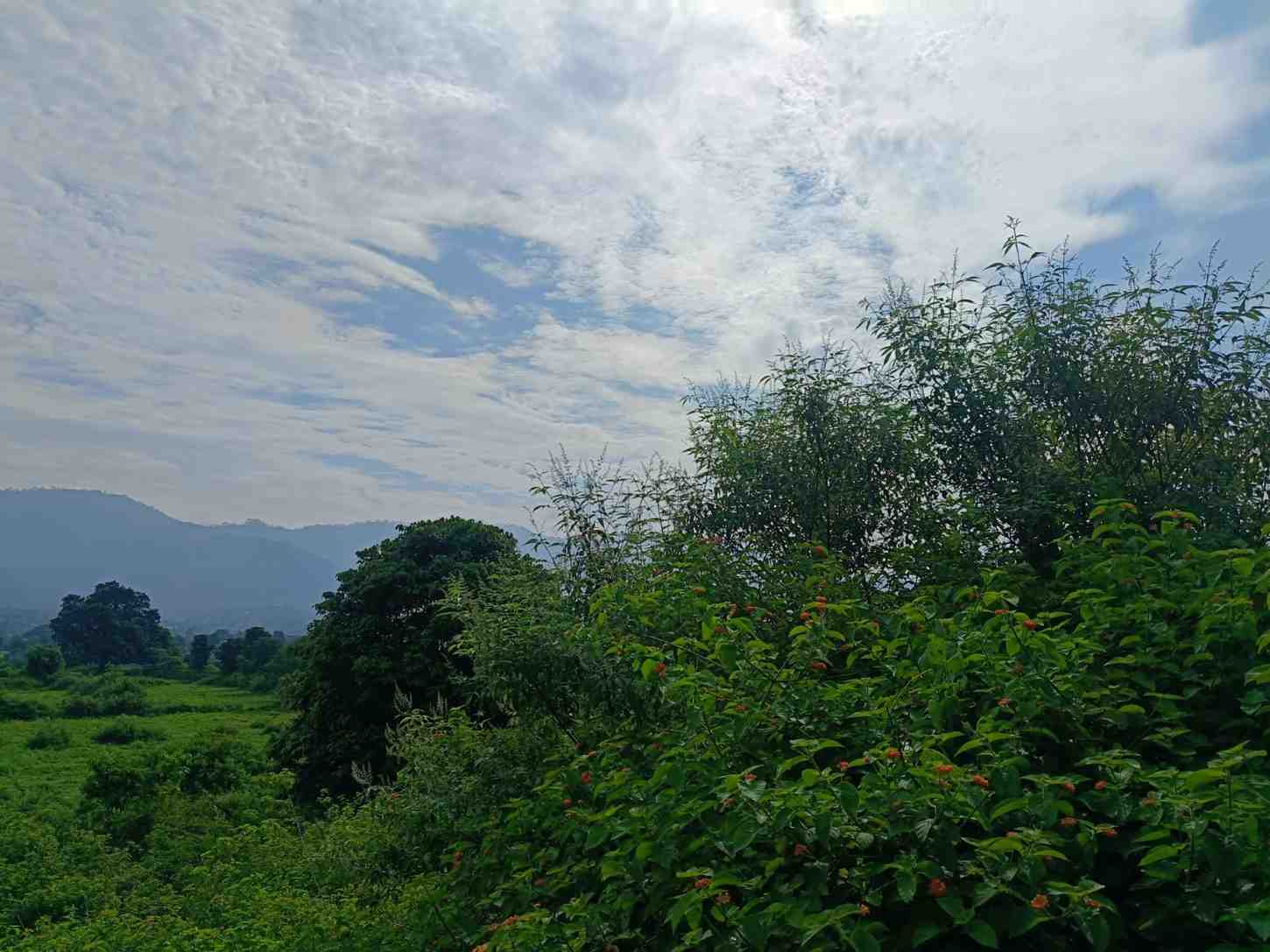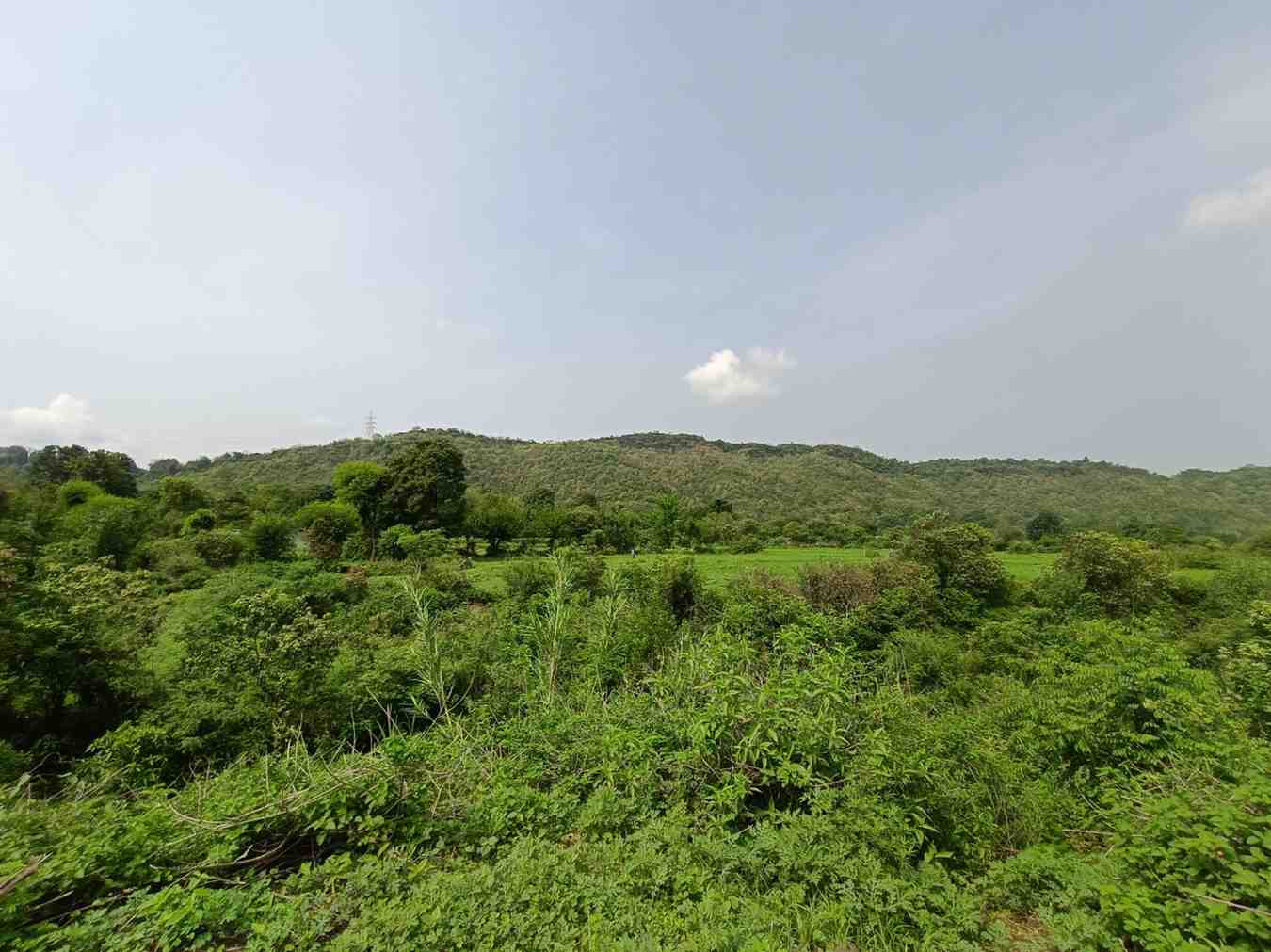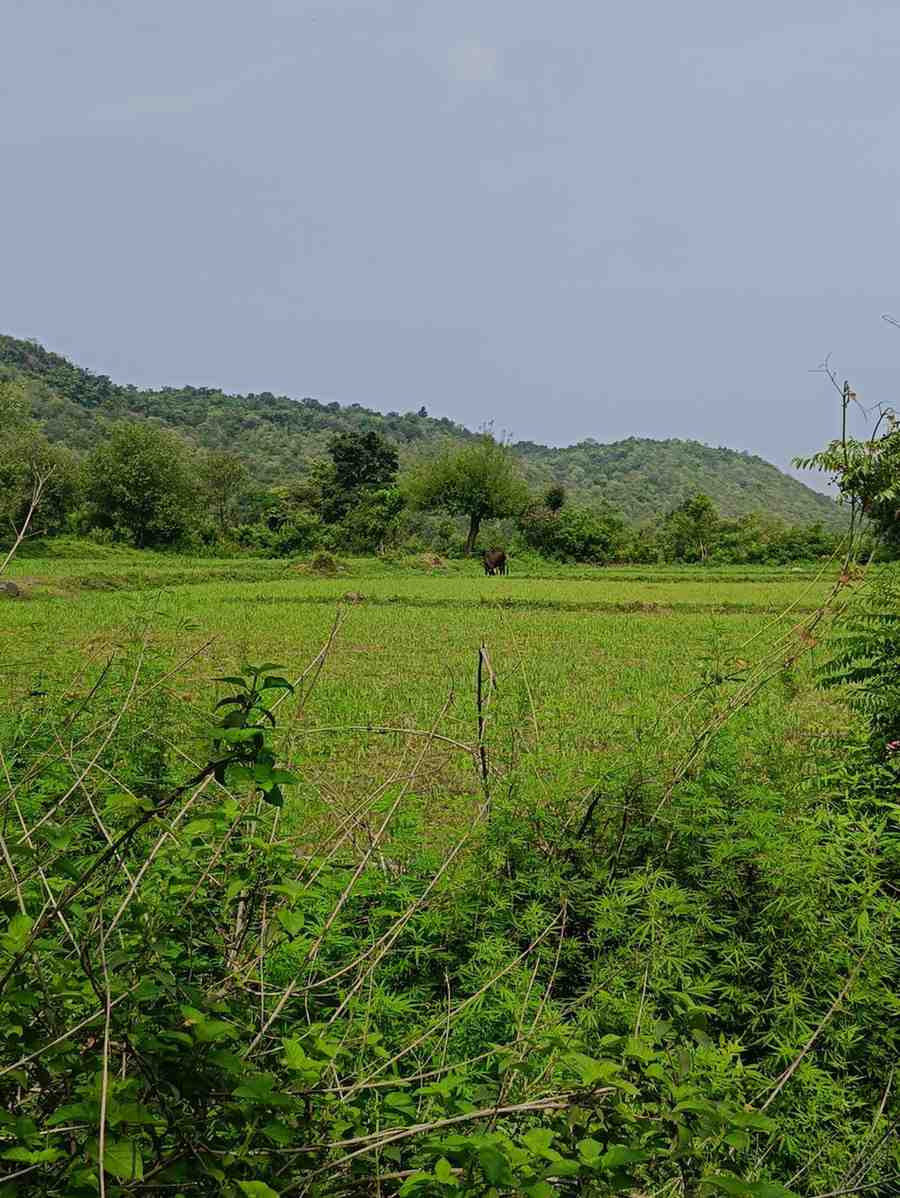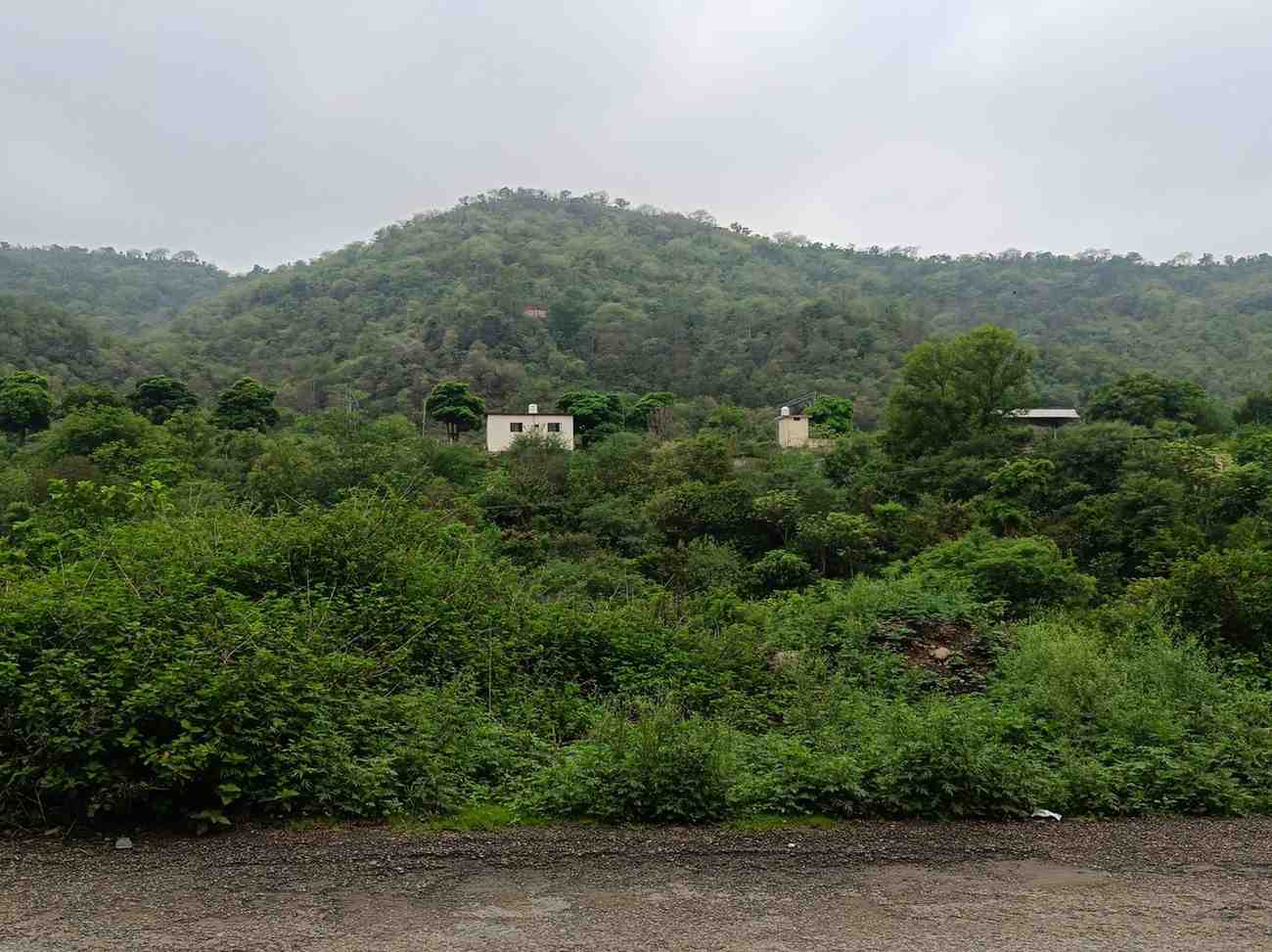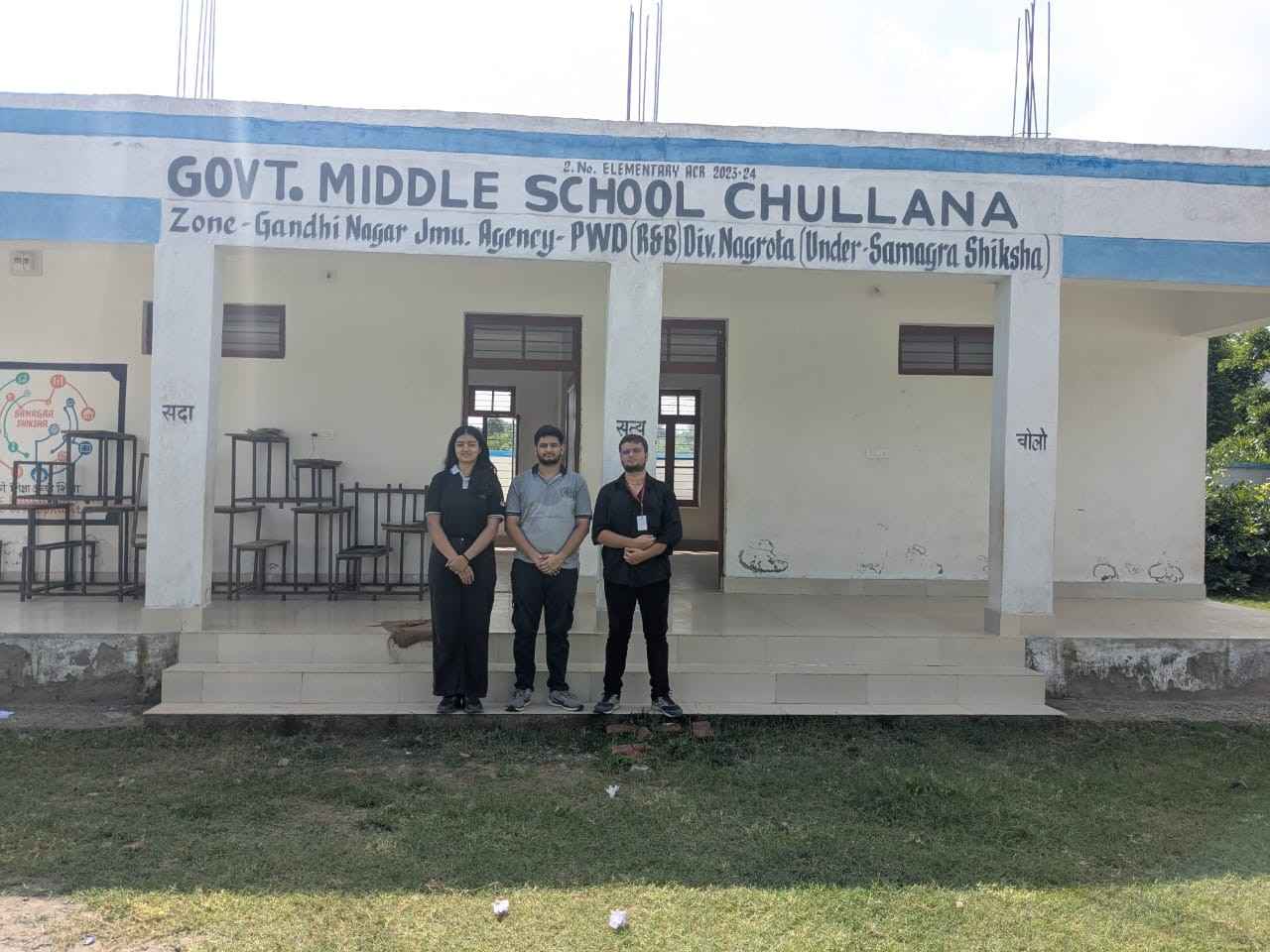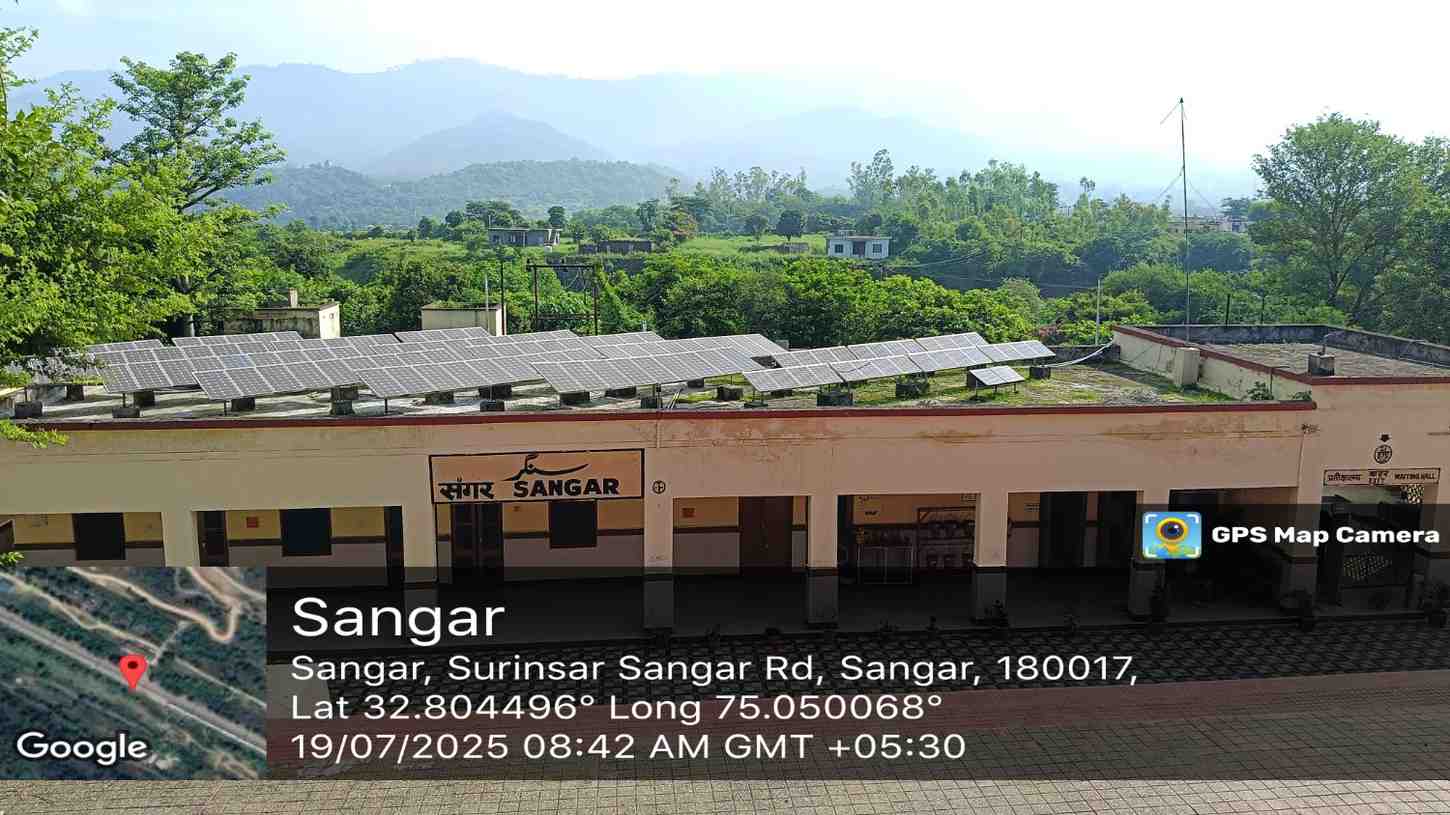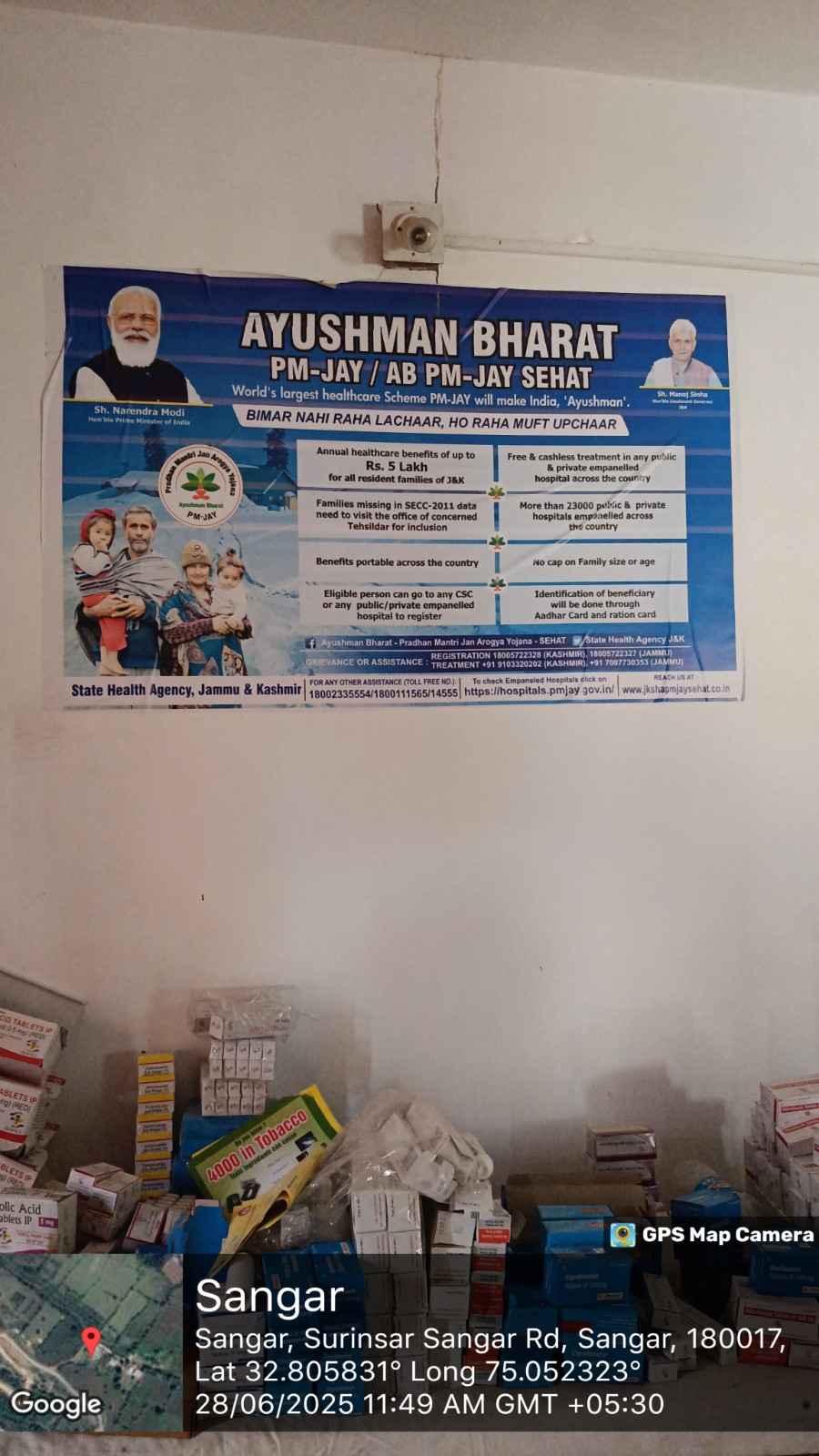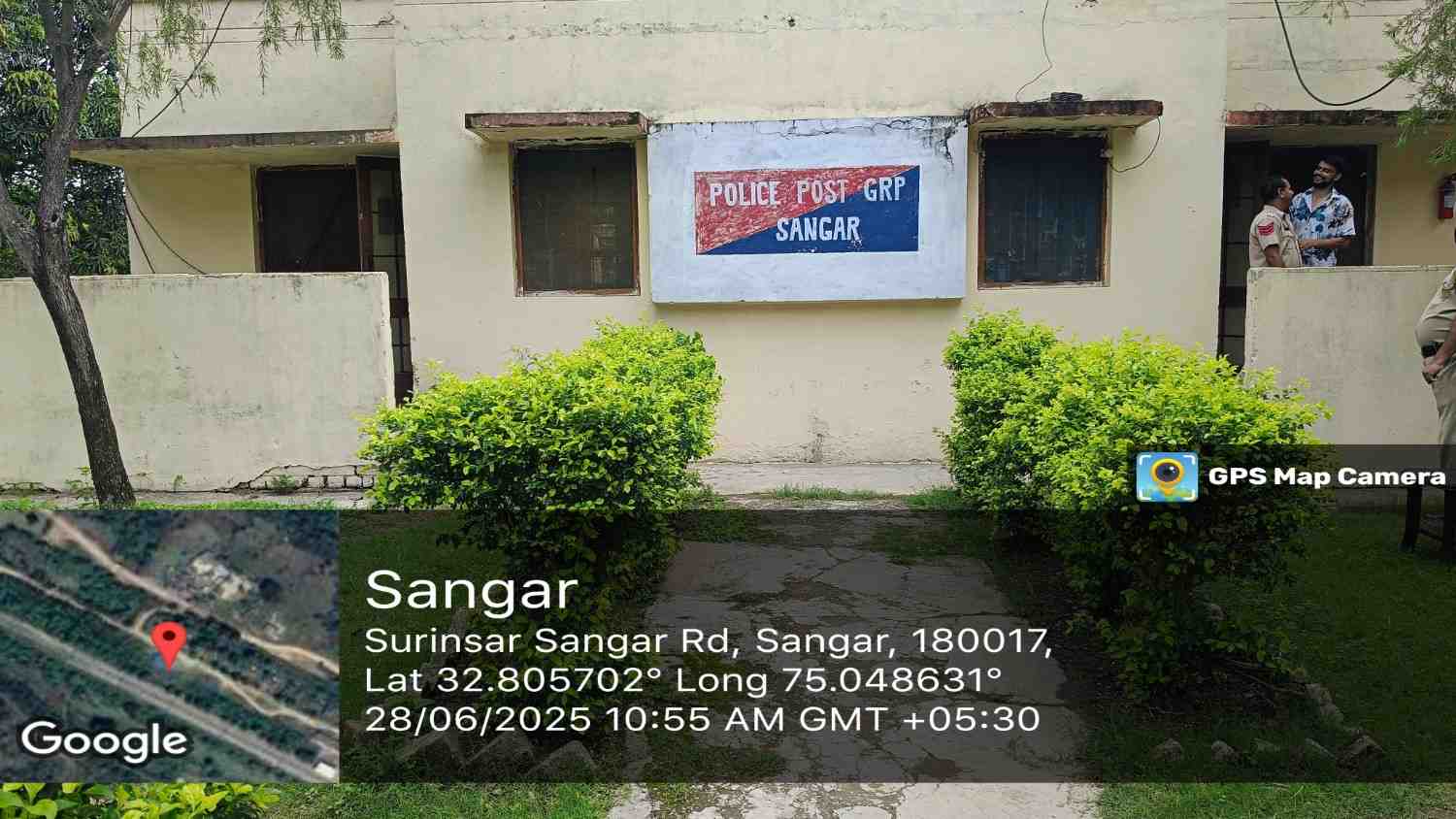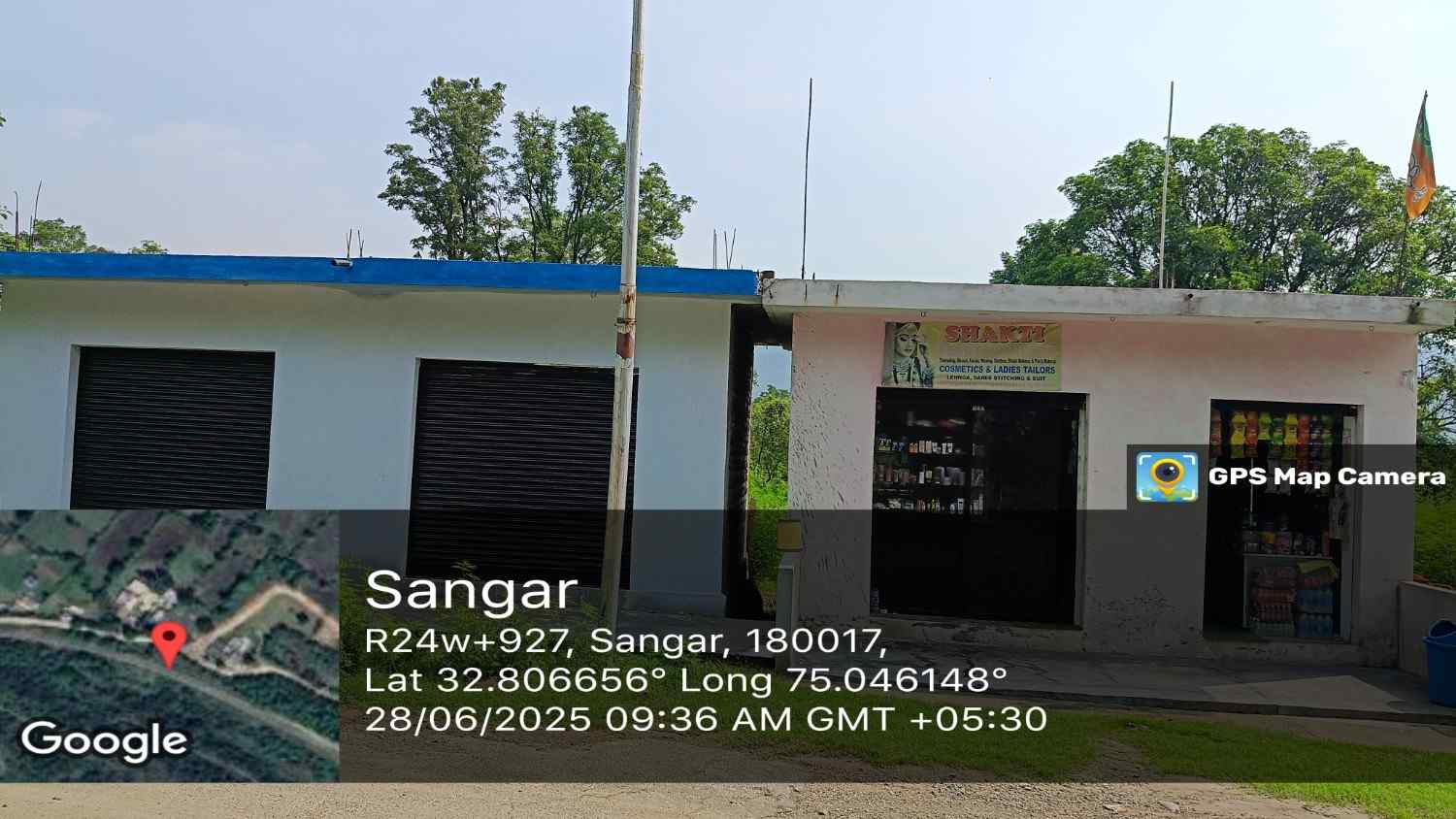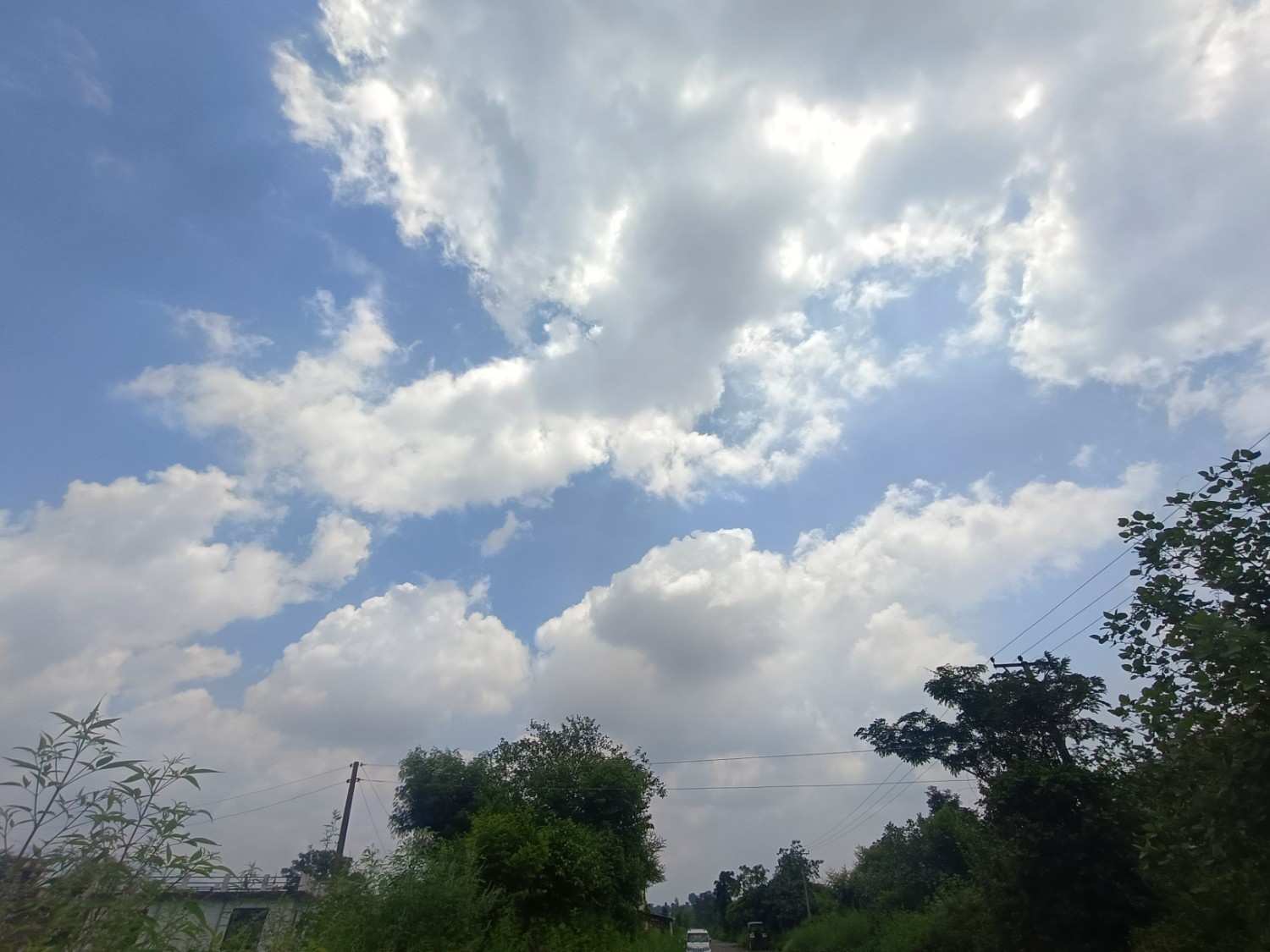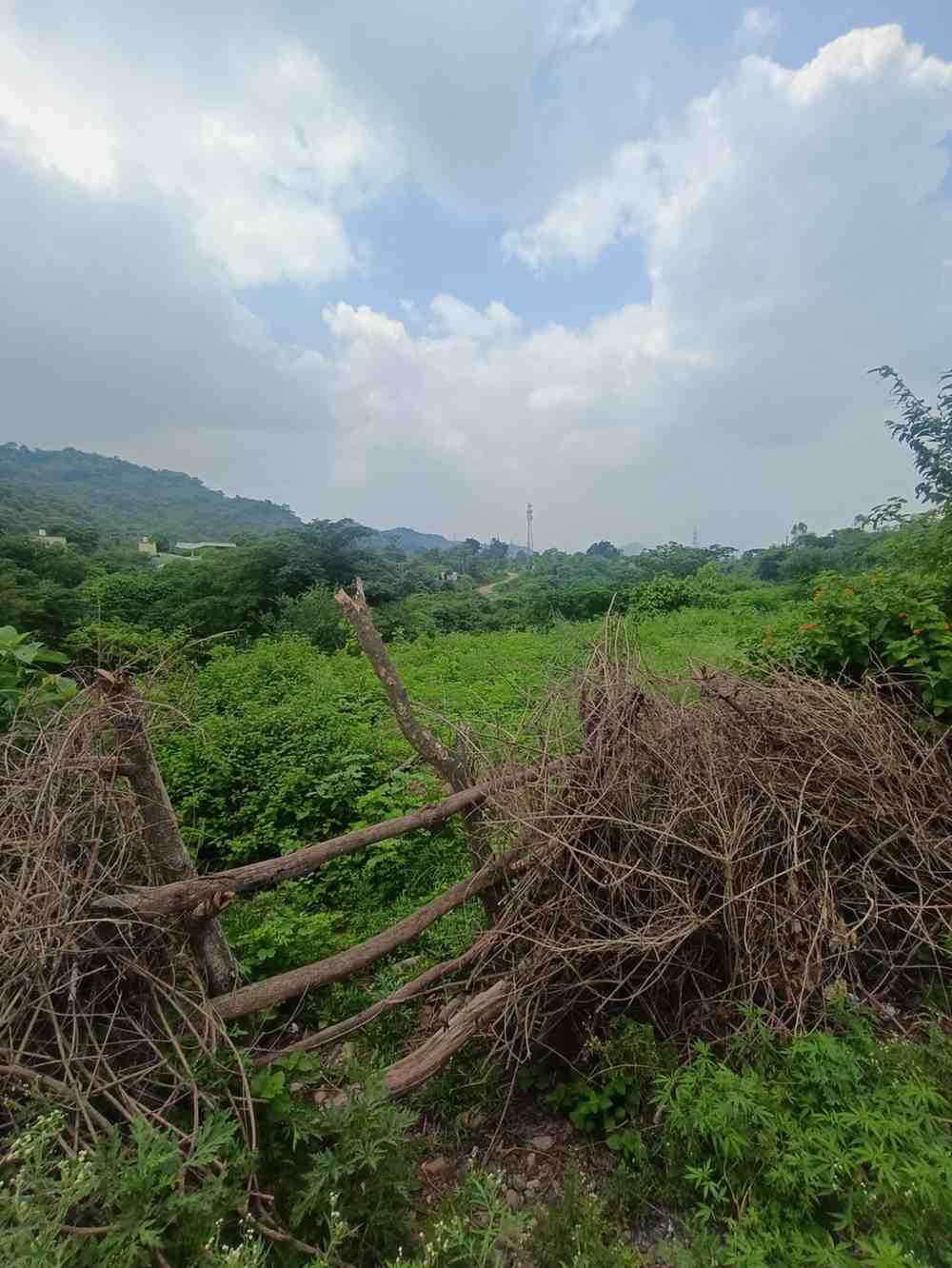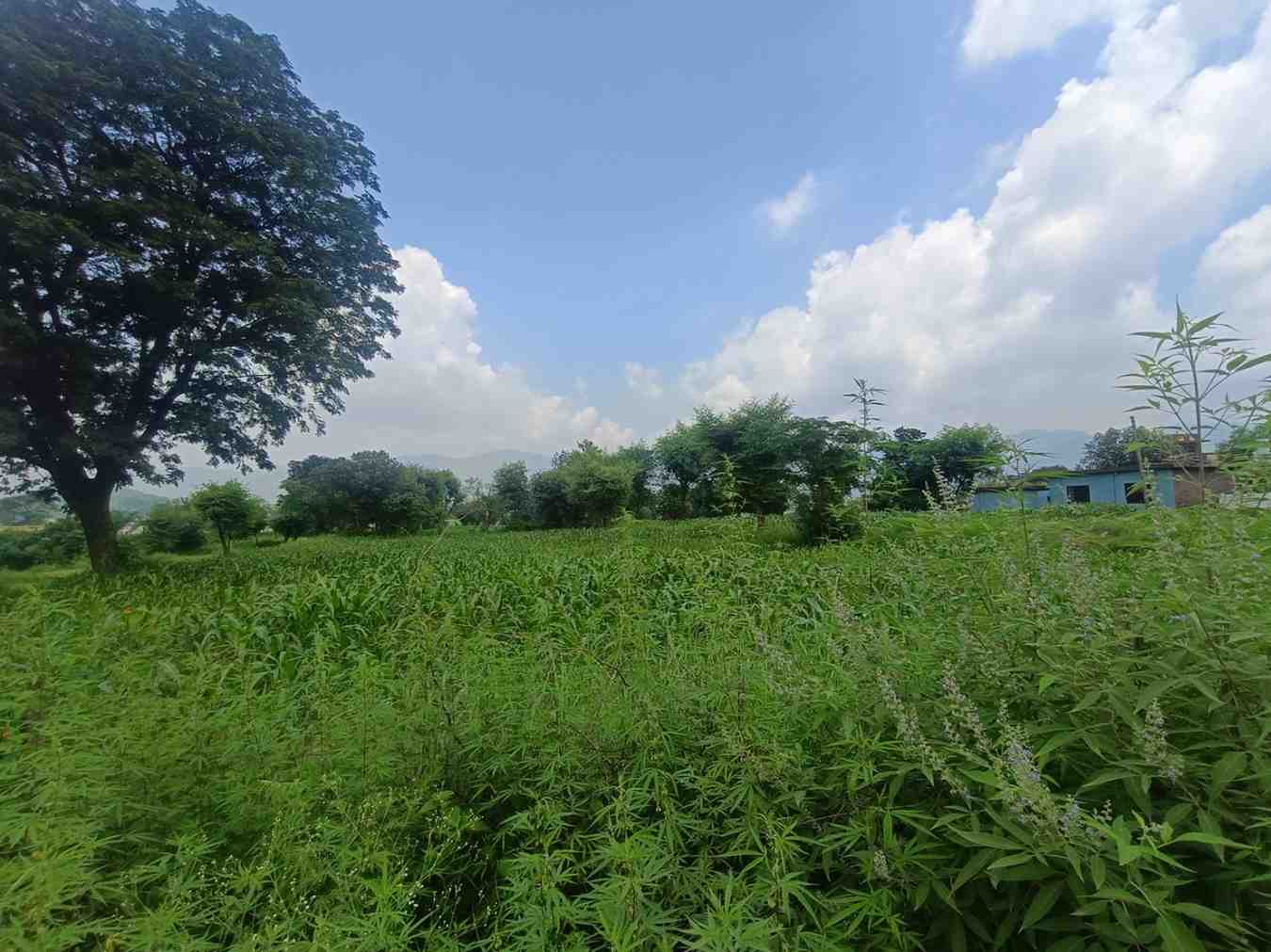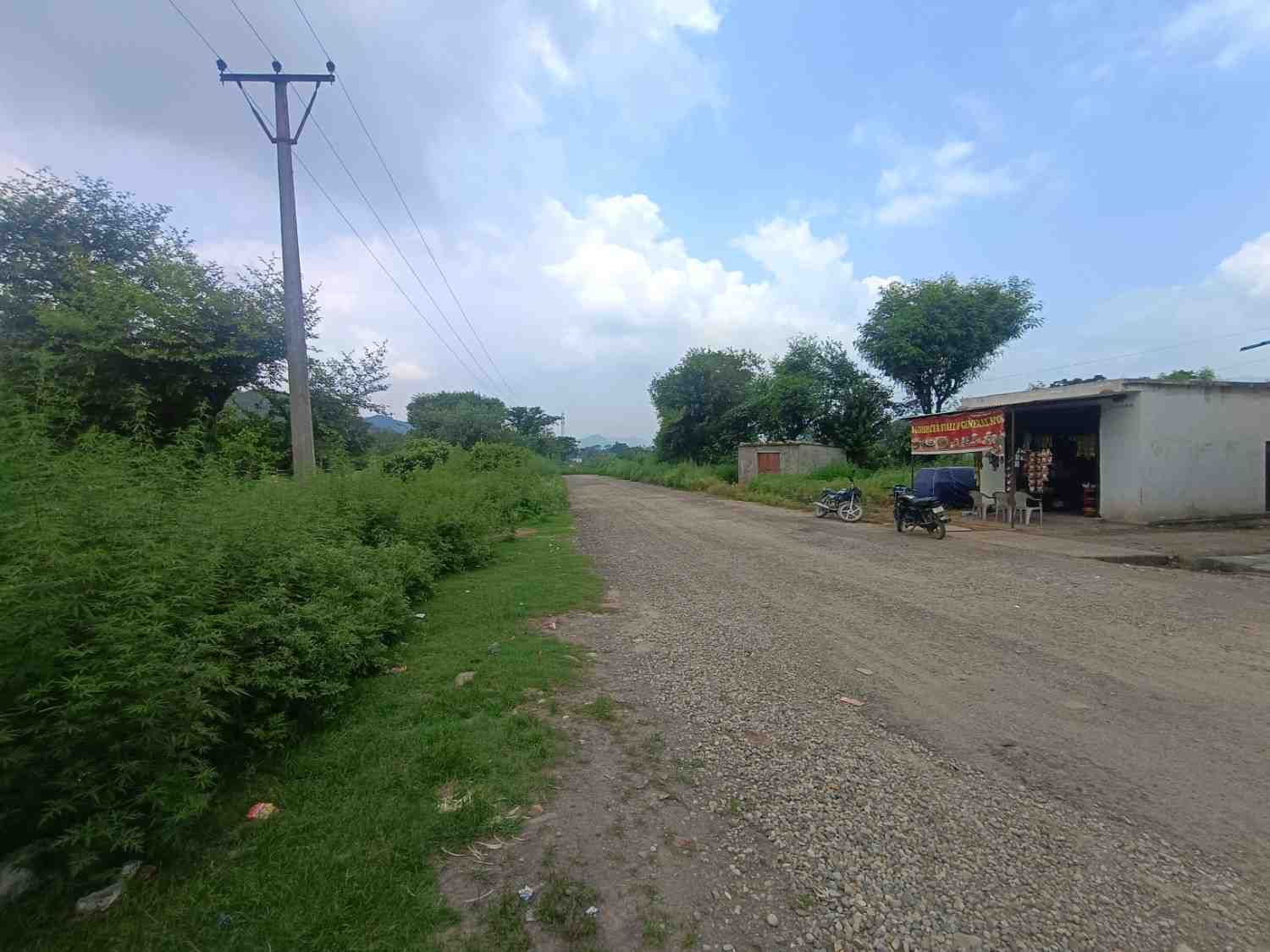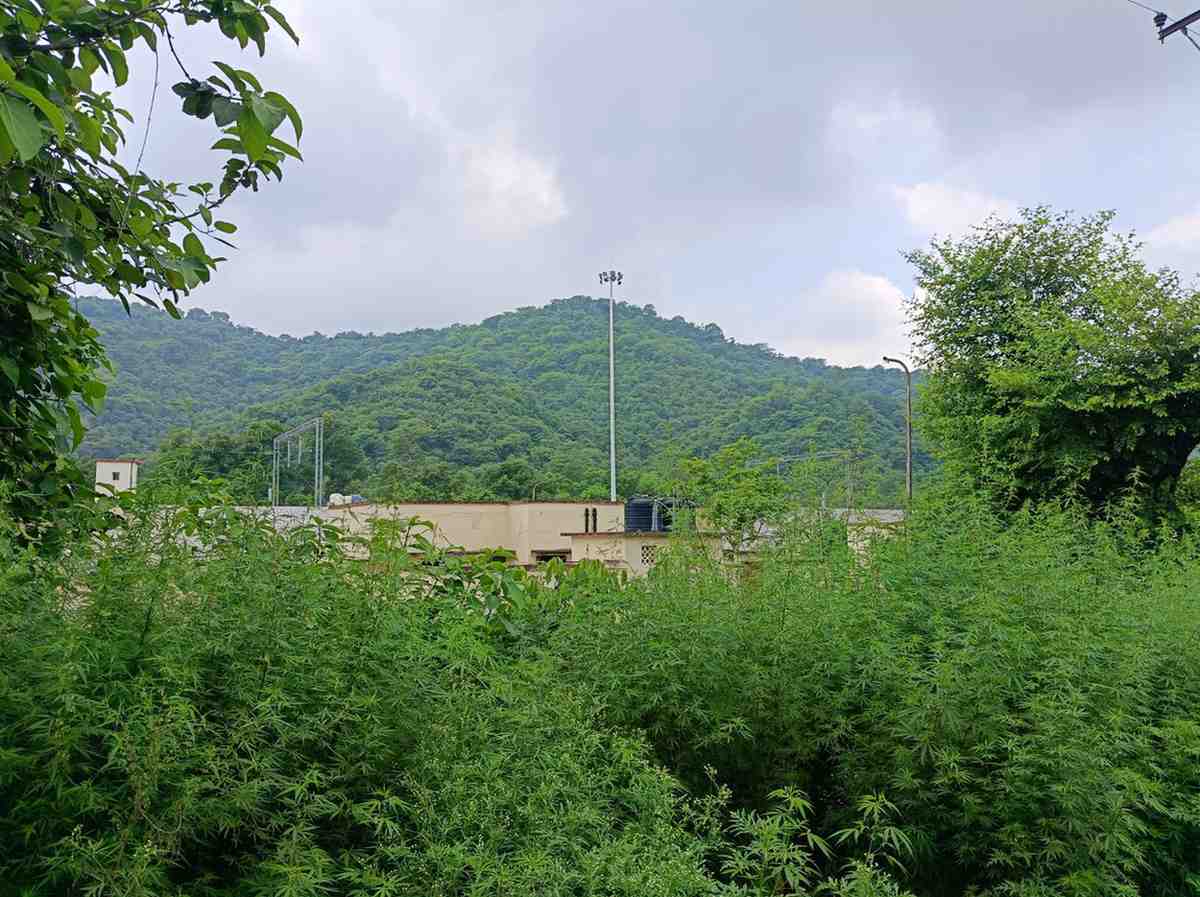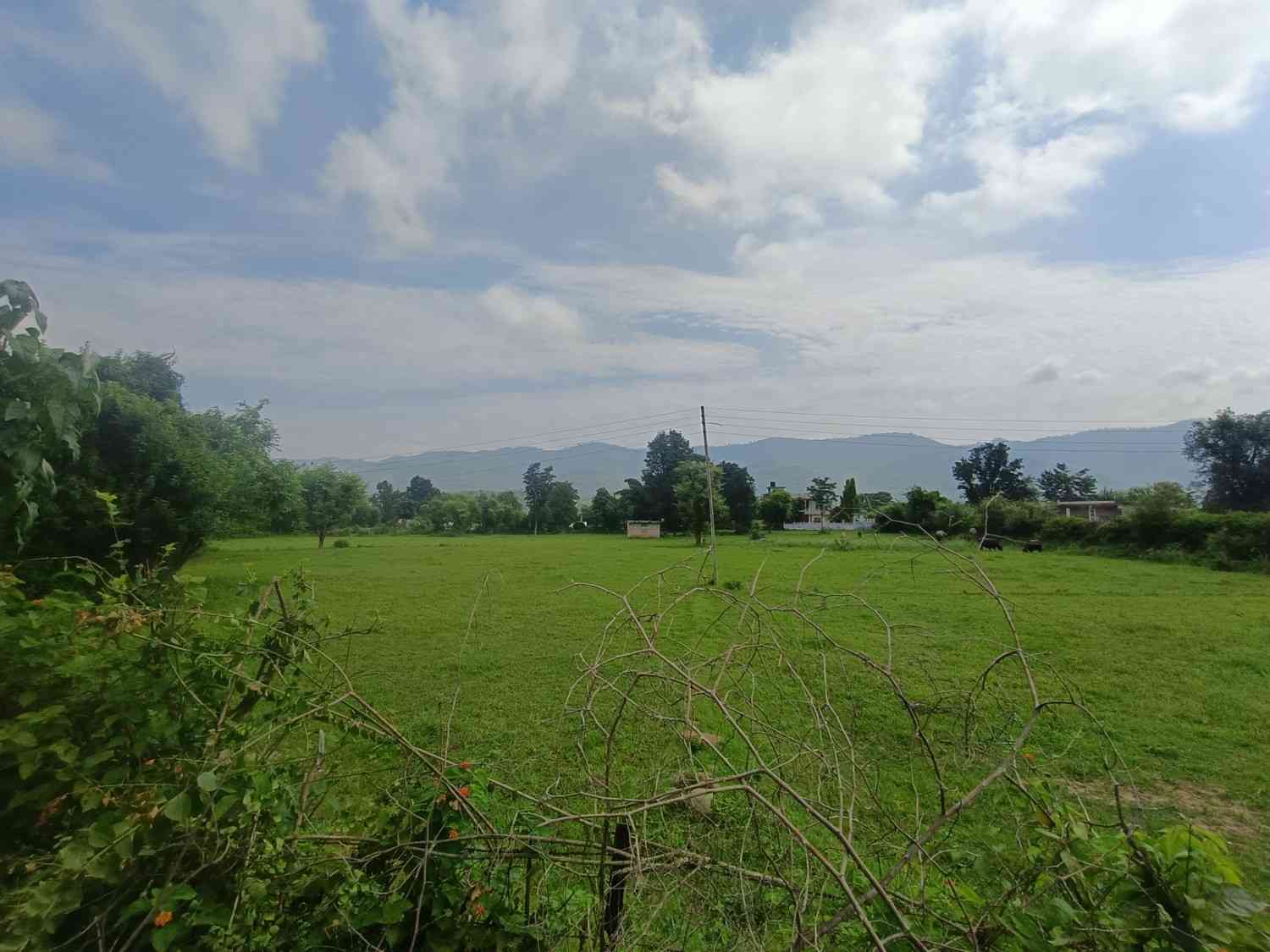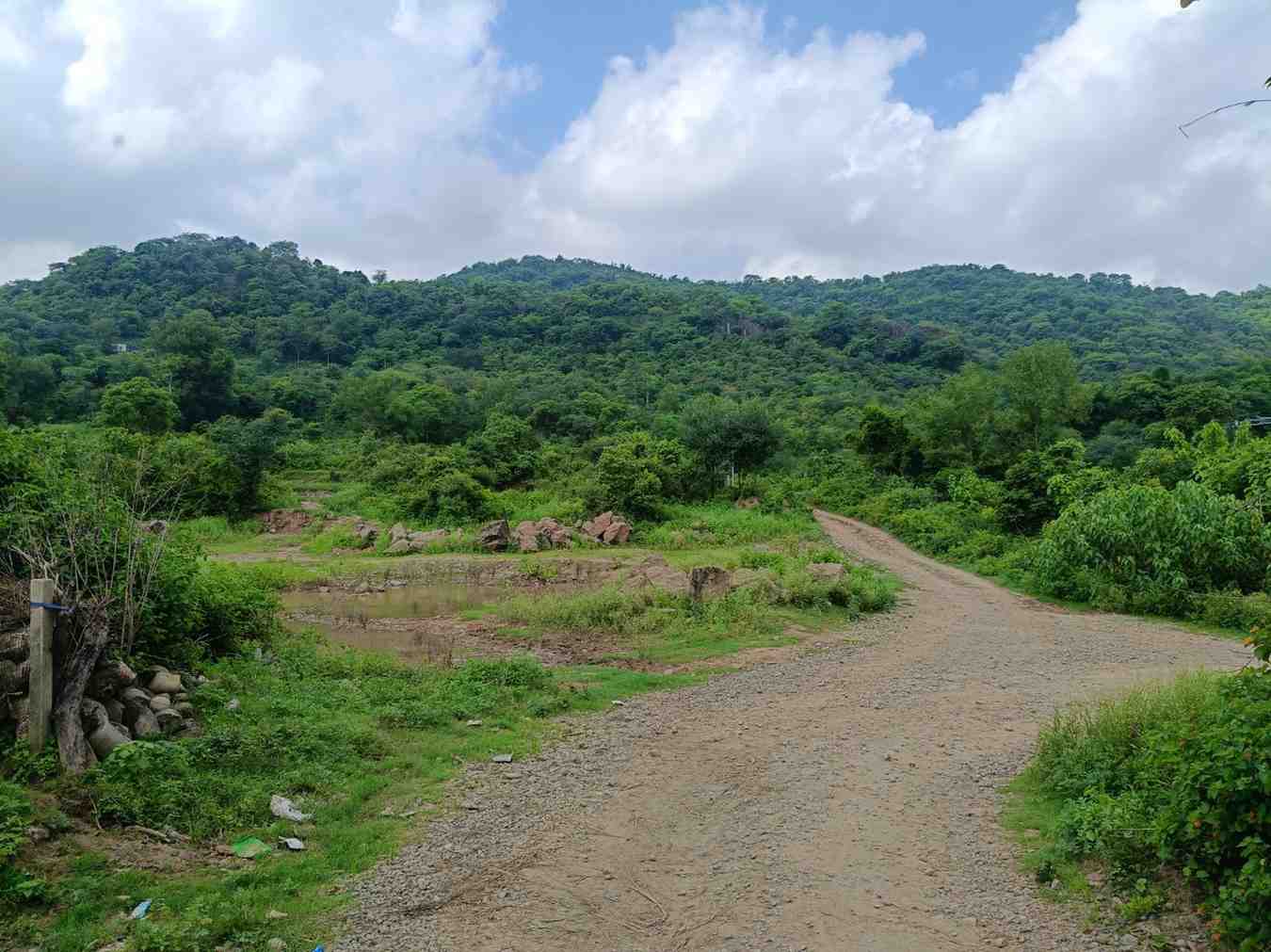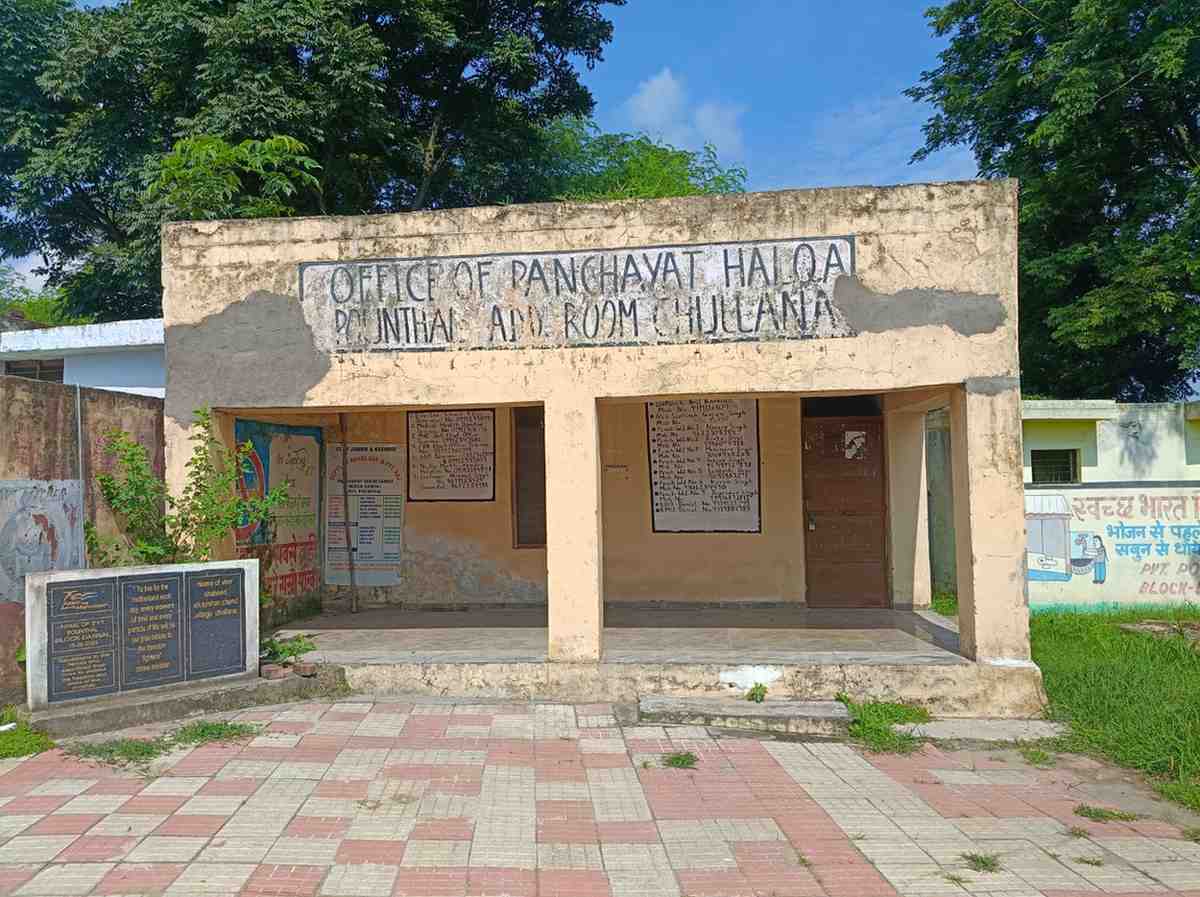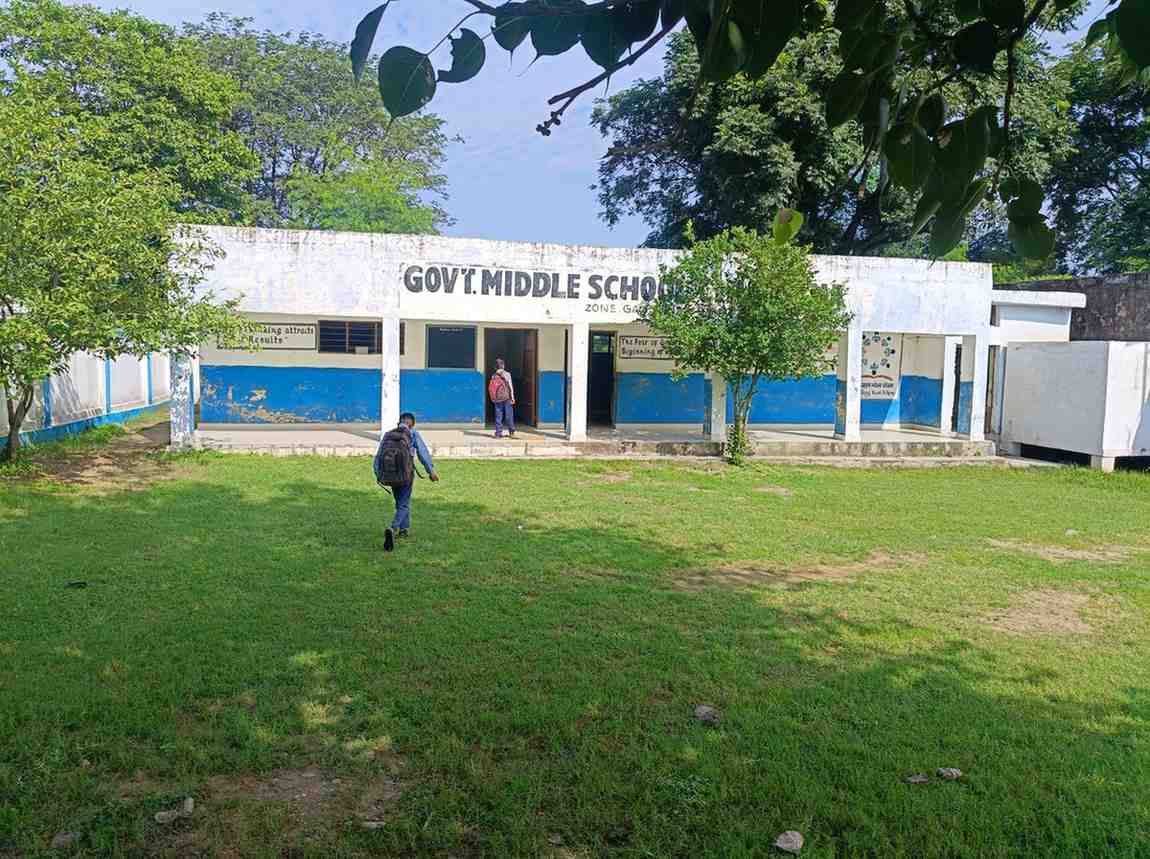Description
Introduction to Sangar
Sangar is a traditional rural settlement located in the Dansal block of Jammu district, in the Union Territory of Jammu & Kashmir, India. It lies approximately 30–35 kilometers northeast of Jammu city and about 10–12 kilometers from Jandrah, its nearest local hub. Nestled in the Shivalik foothills, Sangar reflects the blend of agrarian life, cultural traditions, and growing aspirations of a rural community while remaining connected to nearby towns and urban centers.
Brief History
Sangar’s history is deeply tied to agriculture, community living, and Dogra heritage. Like many villages of the region, it evolved around farming, livestock rearing, and temple culture. Oral traditions passed down generations highlight village fairs, panchayats, and community-led decision-making as key aspects of its past. Religious faith has always been central, with local temples serving as both spiritual and social anchors. Despite gradual urban influences, Sangar still preserves the ethos of rural Dogra traditions.
Current Population
As of the 2011 census and local surveys, Sangar remains a small-sized settlement with a few hundred households. The population is predominantly engaged in farming, livestock rearing, and small-scale trade. Family-based community structures and joint households are common, fostering strong intergenerational ties.
Languages Spoken
The primary language spoken in Sangar is Dogri, which reflects the Dogra culture of the Jammu region. Other widely understood languages include Hindi and English, while Gojri is spoken by smaller communities.
Cultural Heritage
The culture of Sangar is rich with Dogra traditions and close-knit social living. Festivals such as Lohri, Baisakhi, Holi, Diwali, and Navratri are celebrated collectively with enthusiasm. Folk dances like Kud and traditional Dogri songs are performed during fairs and celebrations, especially at temples or during harvest festivals. Despite the influence of modern media among youth, cultural practices, hospitality, and religious observances remain strong.
Festivals & Fairs
Village melas (fairs) during harvest time or on temple anniversaries form a central part of Sangar’s culture. These gatherings bring together families from nearby villages, featuring folk music, local cuisines, handicrafts, and traditional wrestling (dangal). Such fairs act as platforms for cultural exchange and community bonding.
Attractions and Tourism
Although Sangar is not a developed tourist hub, its natural beauty and cultural traditions make it significant.
-
Nearby Attractions: The Shivalik hill ranges around Sangar are ideal for scenic walks and short treks. Pilgrims often travel through the region to reach nearby shrines and temples.
-
Best Time to Visit: Spring and autumn are considered pleasant, avoiding the summer heat and heavy monsoon rains.
Cuisine and Food
The cuisine of Sangar mirrors the traditional Dogra diet. Popular dishes include:
-
Rajma-Chawal (kidney beans with rice)
-
Kahwa and Noon Chai (traditional beverages)
-
Kaladi Kulcha (local cheese with bread)
-
Seasonal vegetables grown locally, often cooked with mustard oil and traditional spices.
Community and Lifestyle
Life in Sangar revolves around agriculture and family-centric living. Villagers maintain a strong sense of belonging and cooperation, often helping each other during harvests or community events.
-
Occupations: Farming, livestock rearing, small-scale trade, and wage work in Jammu city or Jandrah.
-
Key Drivers: Agriculture and local trade, supplemented by remittances from family members working outside.
Youth and Aspirations
The youth of Sangar are increasingly looking beyond traditional farming, aspiring toward higher education, government jobs, and careers in technology or entrepreneurship. Many young people migrate temporarily to Jammu city for studies, skill training, or part-time work, bringing back new perspectives to the village.
Environment and Nature
Sangar is surrounded by a picturesque environment of plains, hillocks, and rain-fed streams.
-
Crops: Wheat, maize, pulses, and seasonal vegetables.
-
Flora & Fauna: Scrub forests, grazing lands, and fruit trees like mango and guava.
-
Conservation: The community depends heavily on monsoon rains and is gradually becoming aware of sustainable practices for land and water use.
Accessibility and Connectivity
Sangar is moderately connected to nearby areas:
-
Roads: Local roads link it with Jandrah, which acts as the main center for markets, schools, and health services.
-
Transport: Shared taxis and buses are the main modes of transport, though less frequent.
-
Nearest Hubs: Jammu city (1 hour drive) offers railway, airport, advanced healthcare, and higher education access.
Education and Development
Sangar has basic educational facilities at the primary level, while students travel to Jandrah or Jammu for higher studies. The literacy rate is improving due to government-run schools and schemes. Development remains gradual, with growing focus on skill training and youth employment.
Health and Wellbeing
The village has access to limited healthcare facilities, usually in Jandrah, while residents travel to Jammu for advanced treatment. Preventive care and awareness programs are gradually reaching the community through government and NGO initiatives.
Government Initiatives
Sangar benefits from various rural development schemes, including housing programs, road development, and subsidies for farmers. Employment schemes like MGNREGA provide additional income opportunities, while healthcare outreach programs aim to improve maternal and child health.
Challenges and Opportunities
-
Challenges: Limited irrigation, lack of advanced healthcare, migration of youth, and irregular transport services.
-
Opportunities: Potential for agri-based industries, eco-tourism, skill development, and digital learning. With proper investment, Sangar could emerge as a model rural settlement.
Historical Significance
Though not a site of major historic monuments, Sangar’s significance lies in its preservation of traditional Dogra life, temple-based culture, and agrarian history. Its resilience in maintaining cultural identity amidst modern influences makes it an important part of Jammu’s rural landscape.
Future Potential
With its proximity to Jandrah and Jammu city, Sangar has the potential to evolve into a progressive rural hub. Improved infrastructure, digital connectivity, and promotion of local crafts and agri-tourism could enhance livelihoods and reduce migration. The village’s cultural richness, natural resources, and community strength provide a strong foundation for sustainable growth.
Photos
Videos
Location Map
Contact Information
| Address |
Sangar, |
| Phone Number | |
| Website | http://geolysis.com/p/in/jk/jammu/jammu/sangar |

